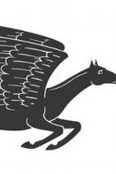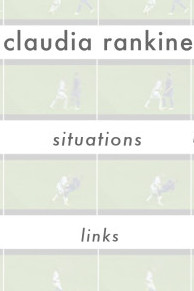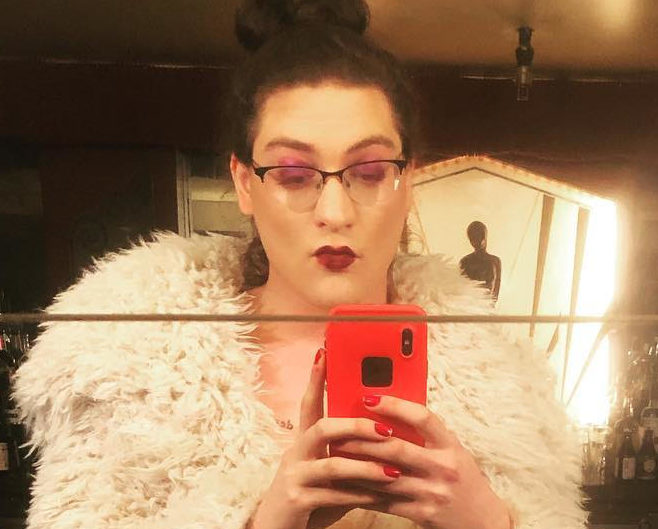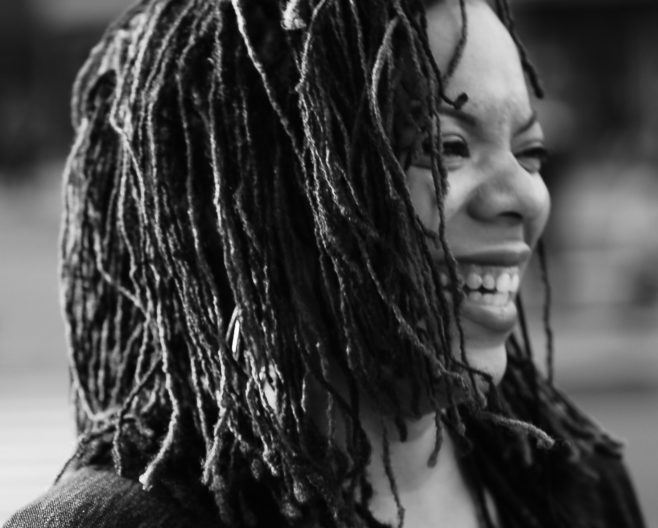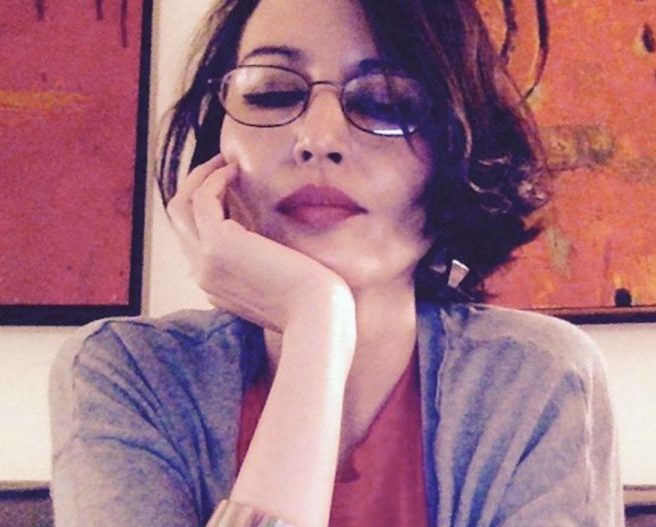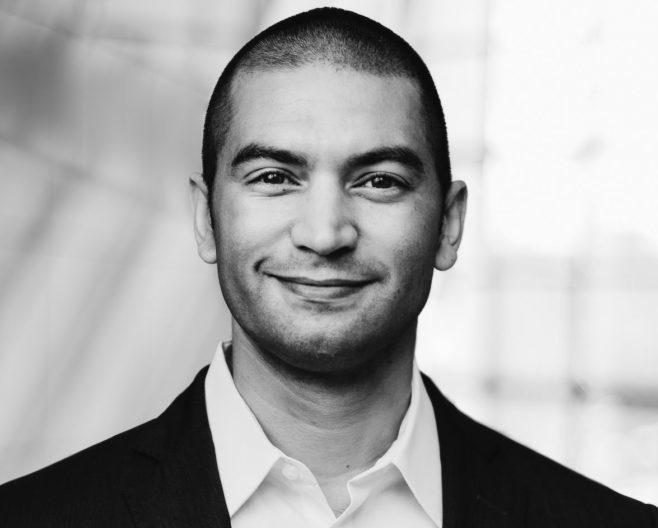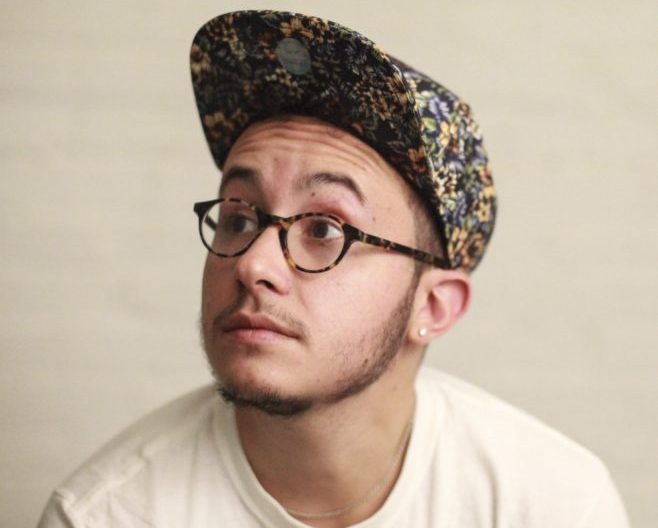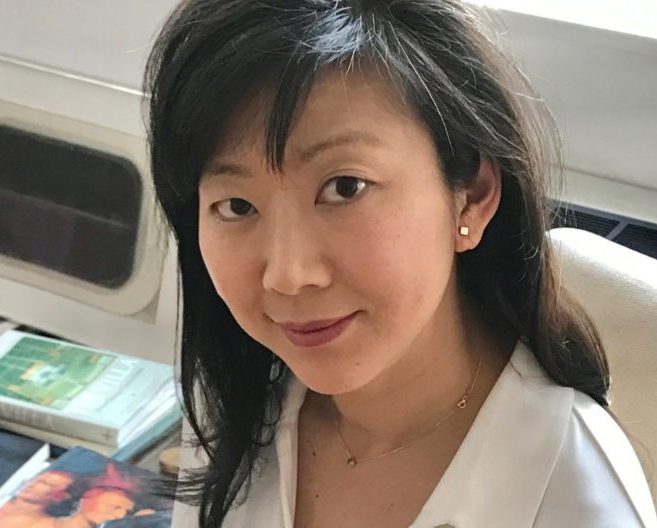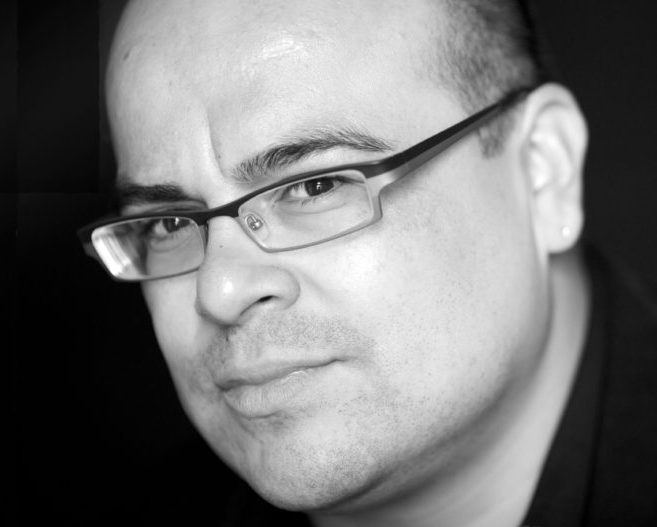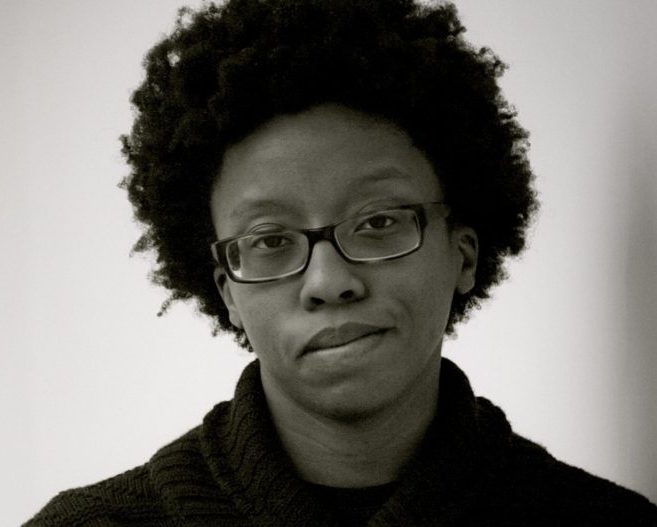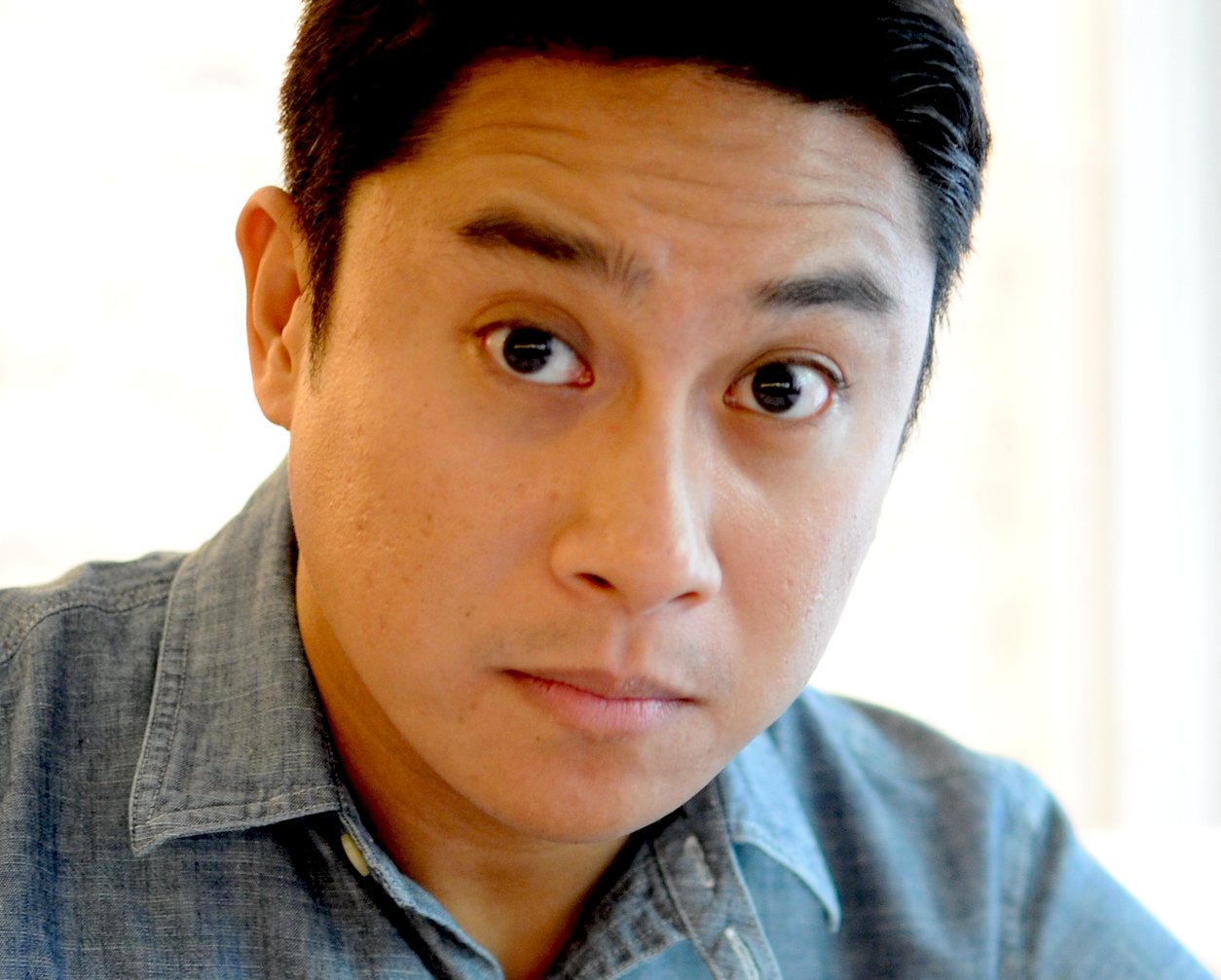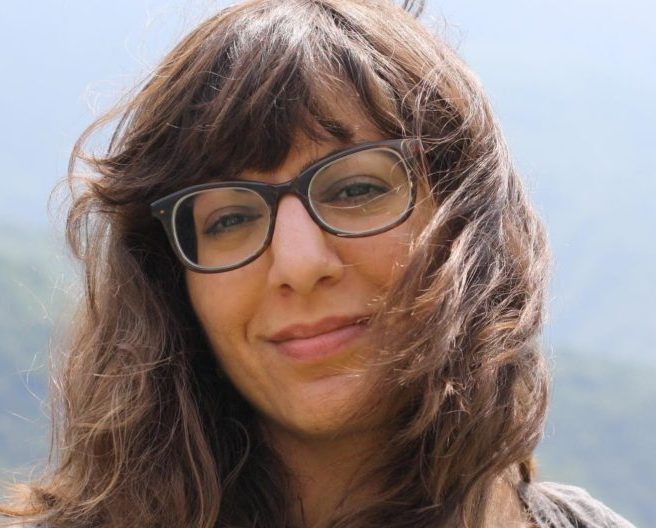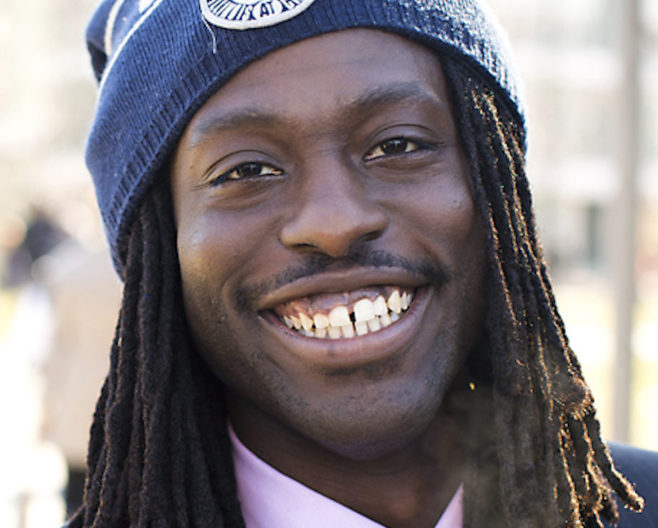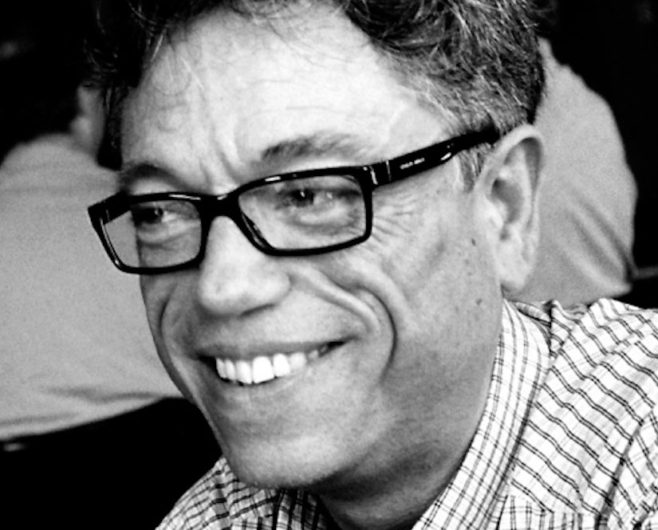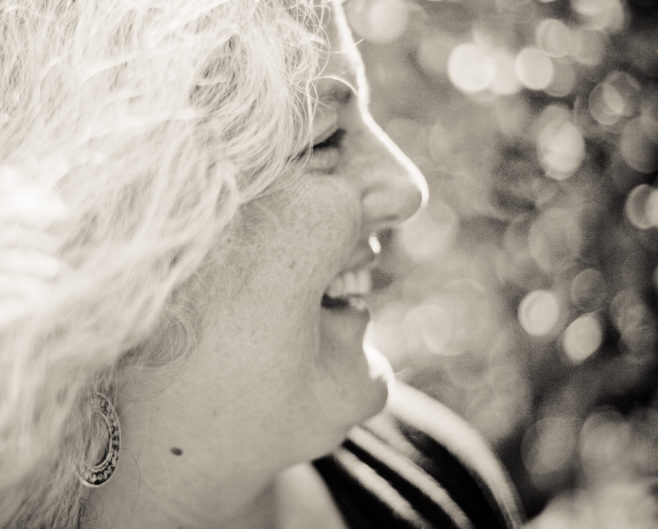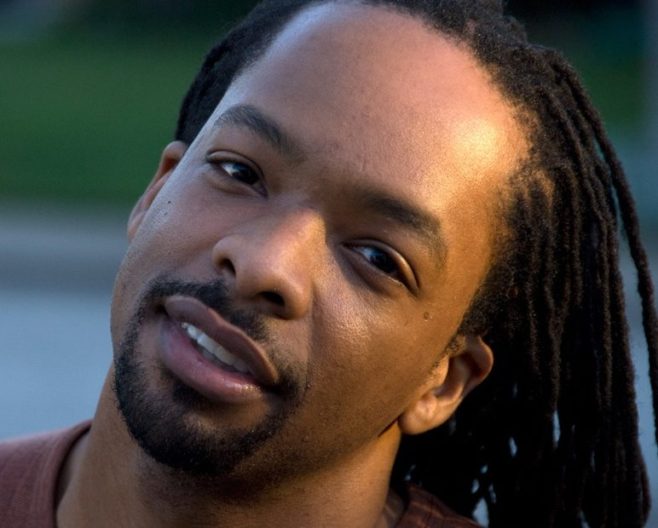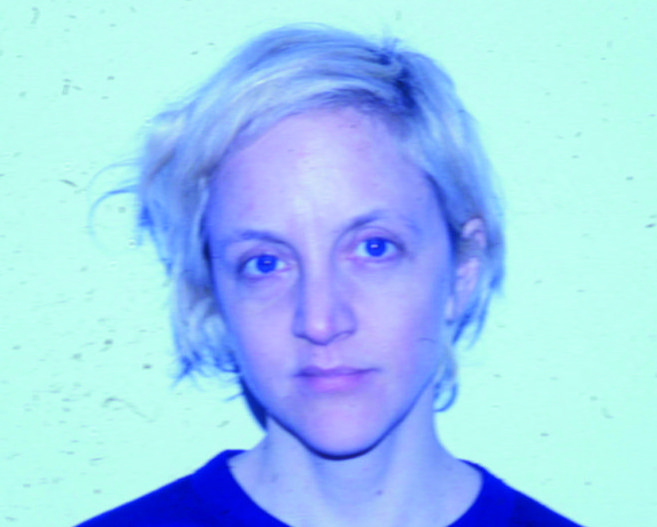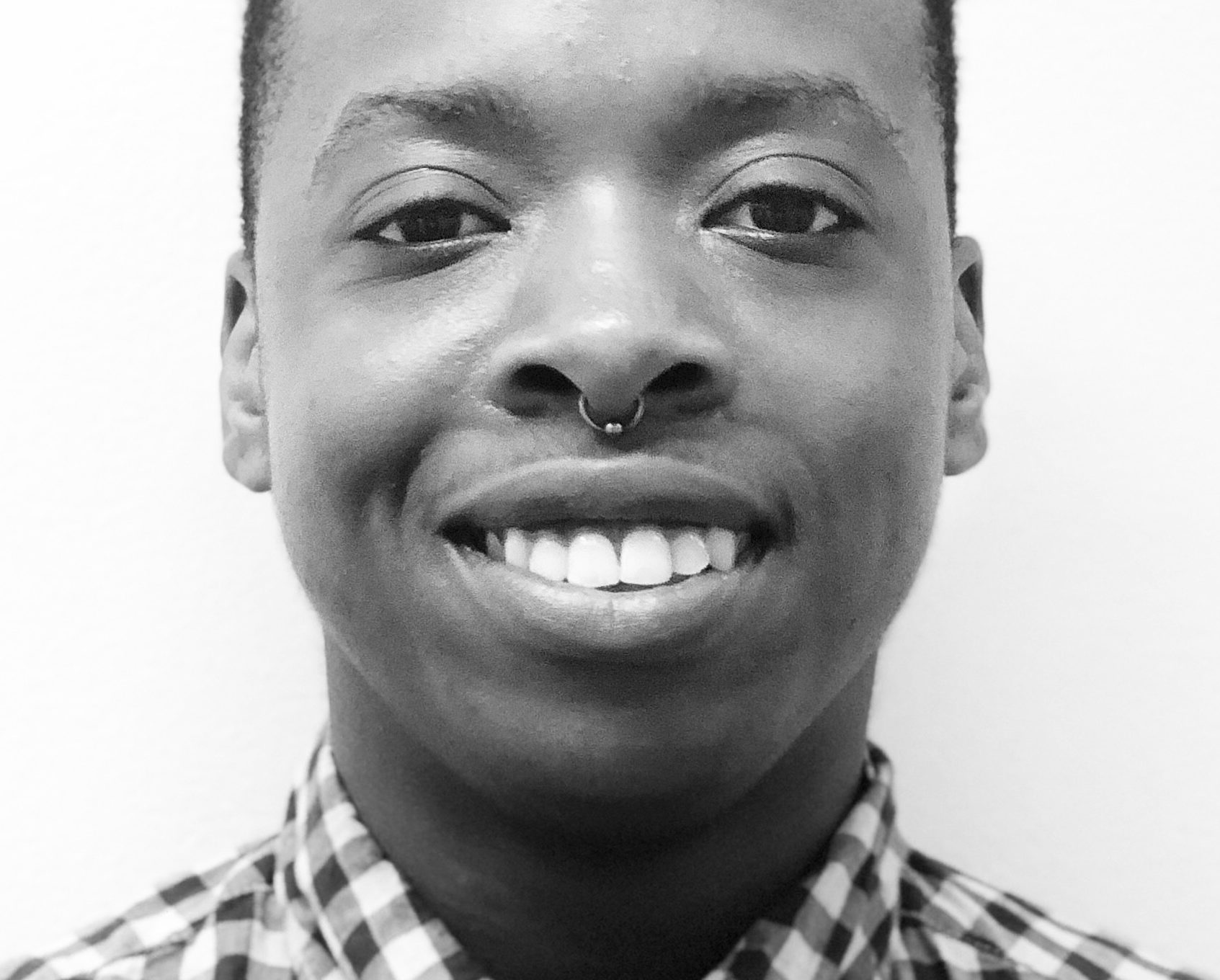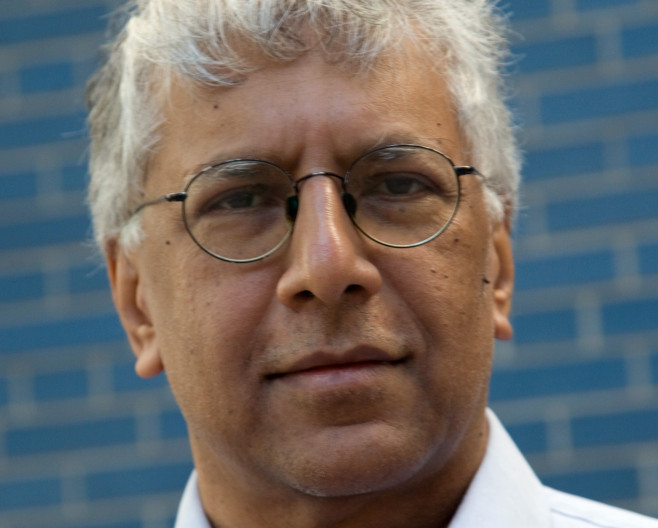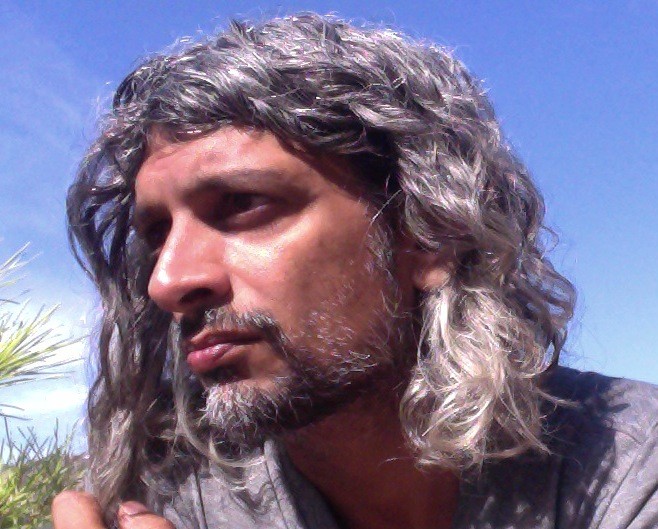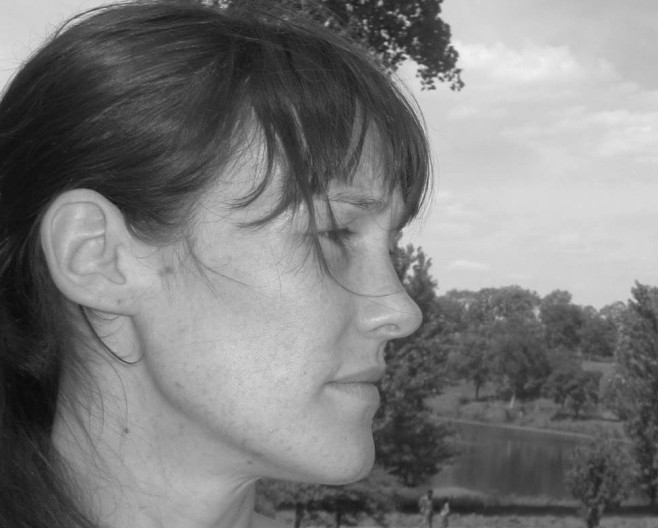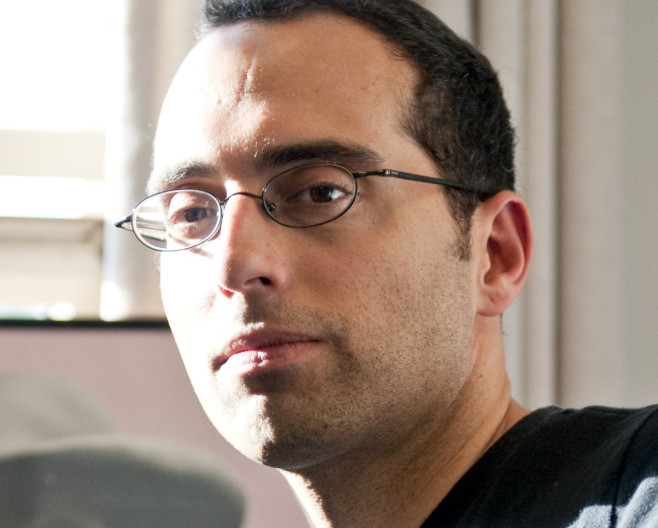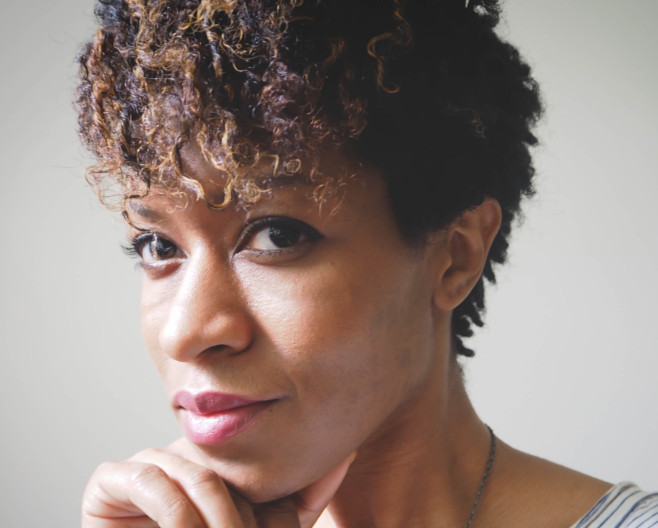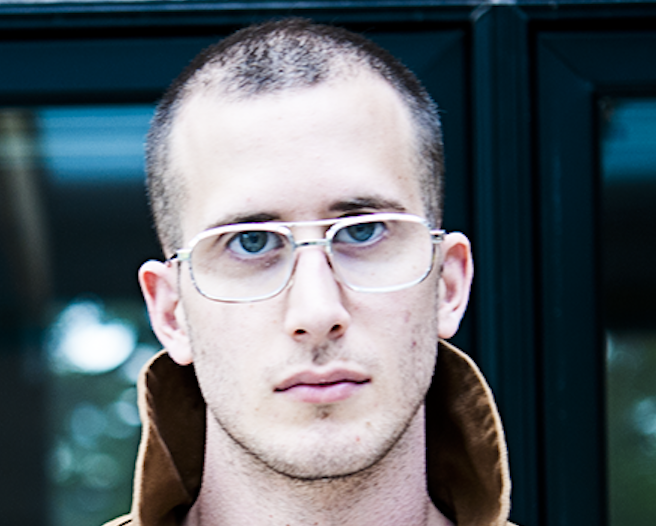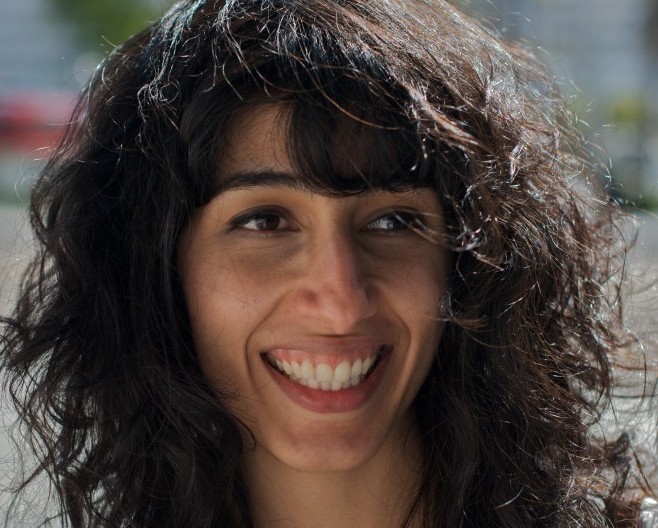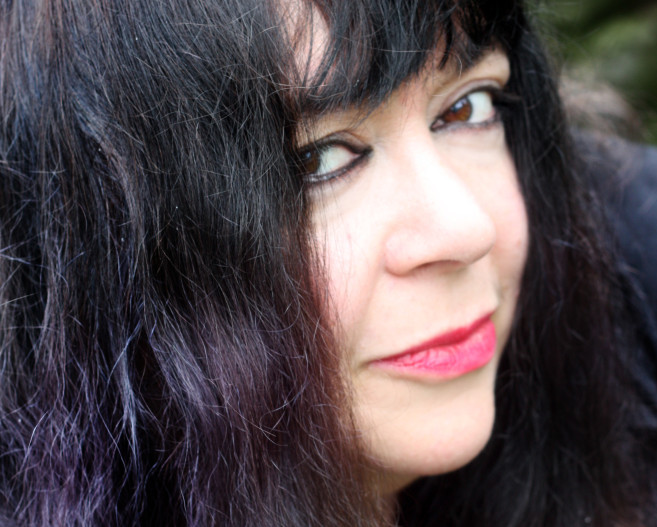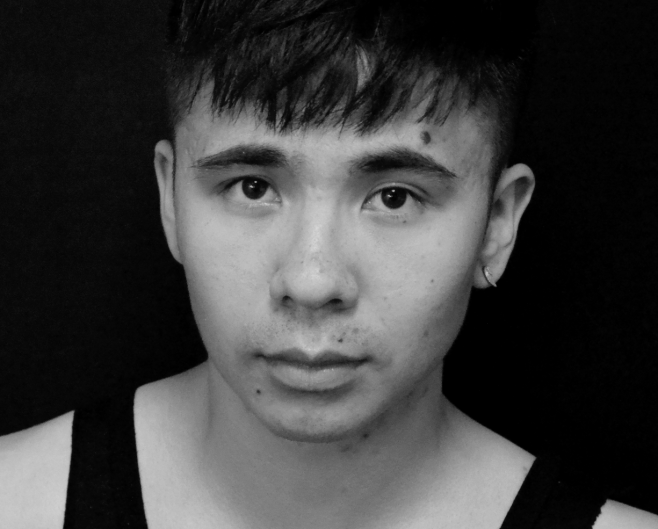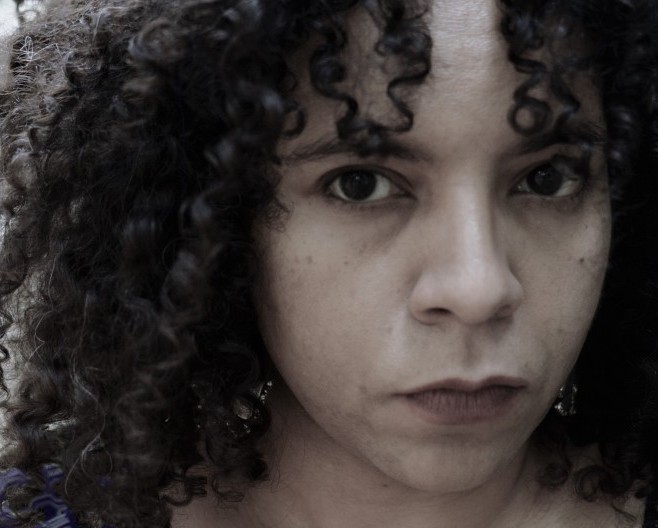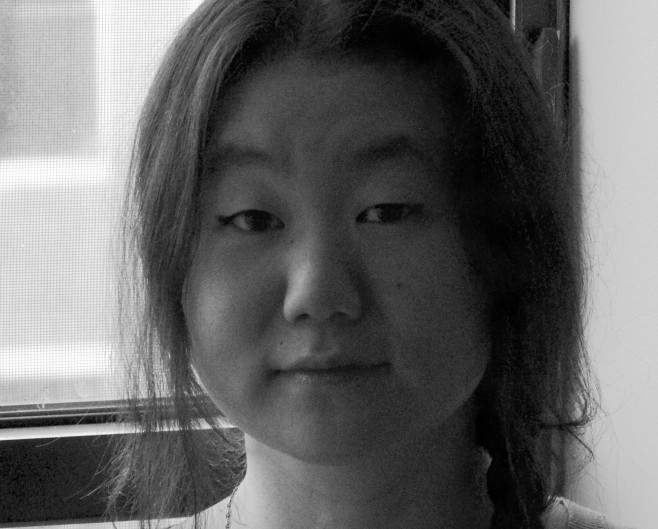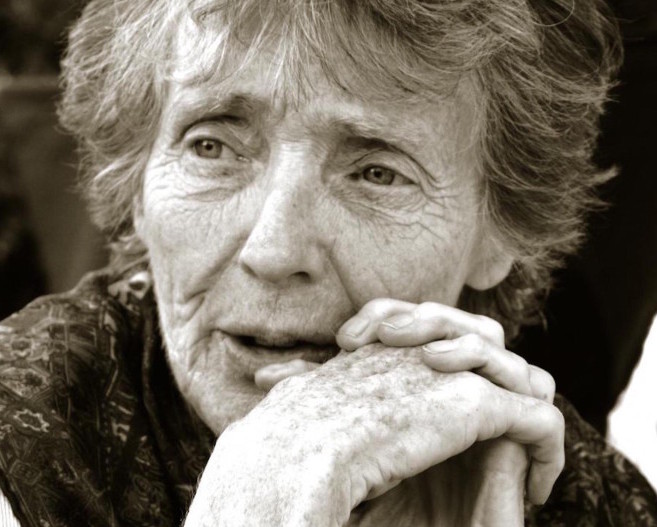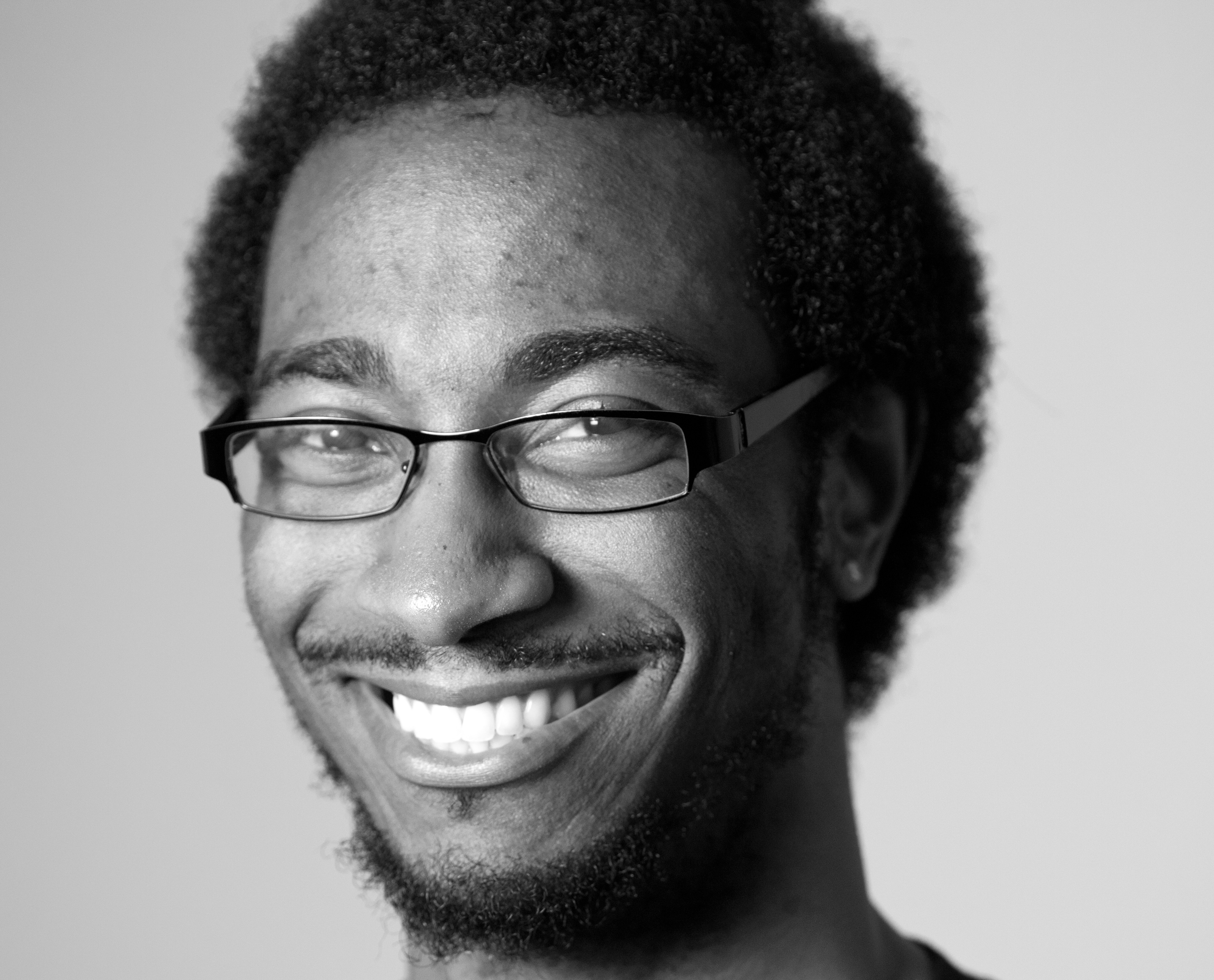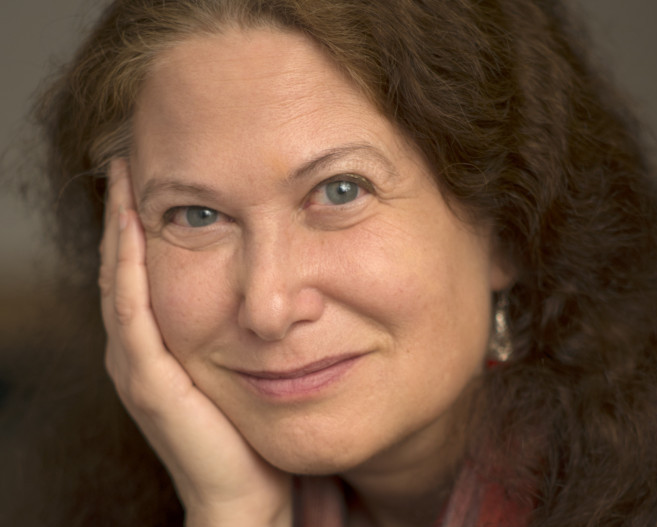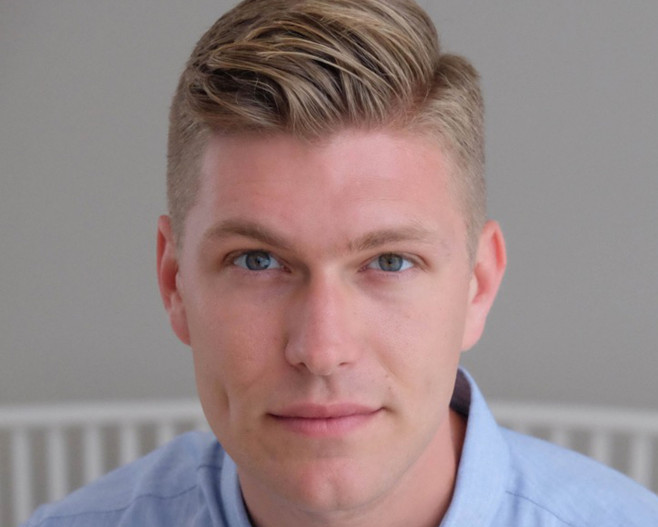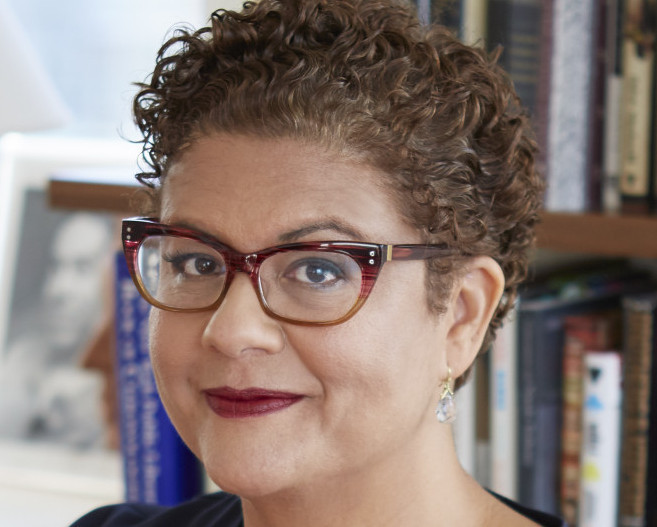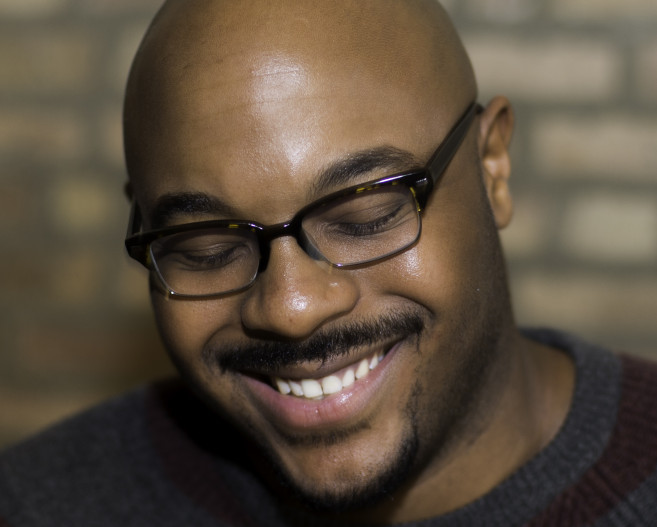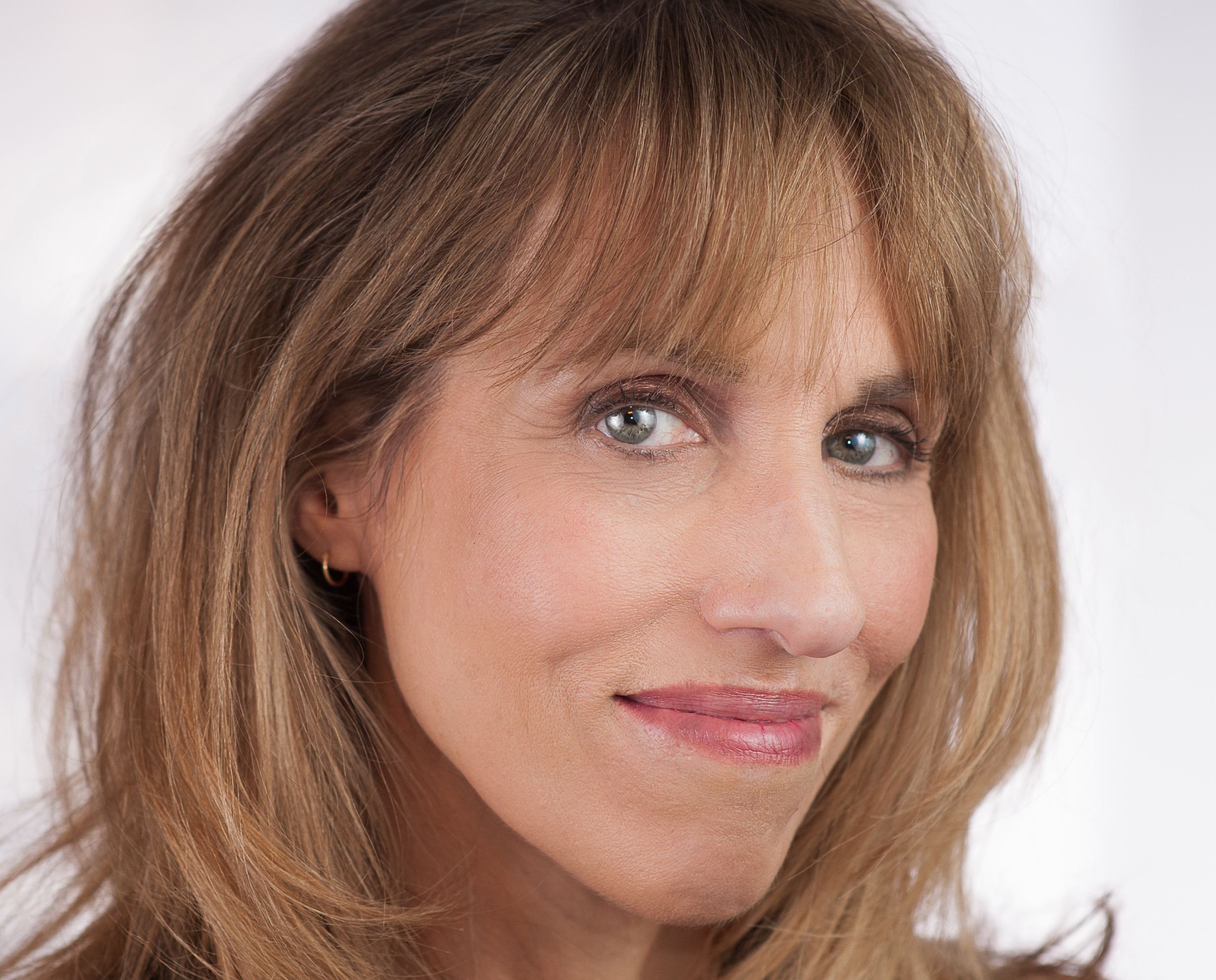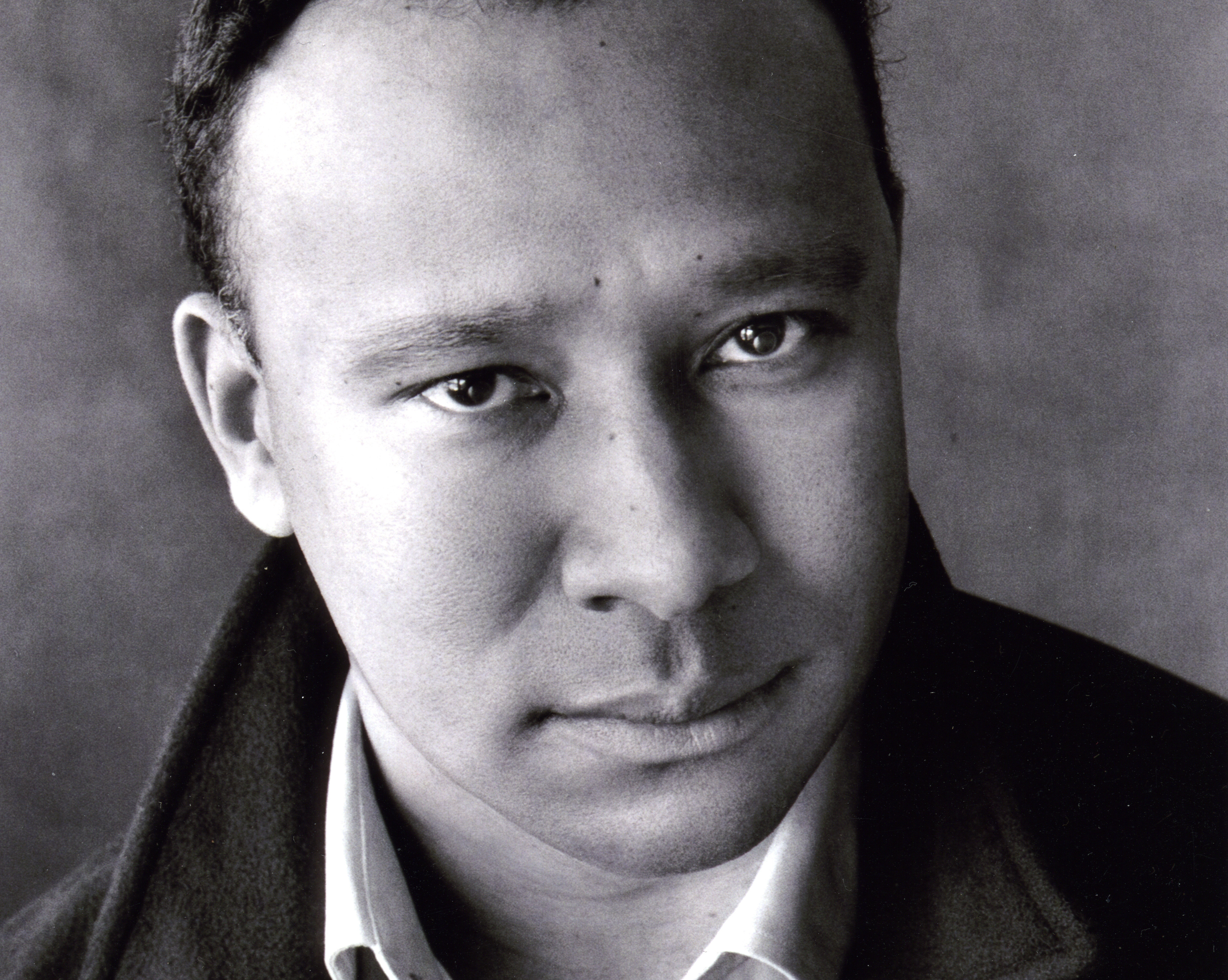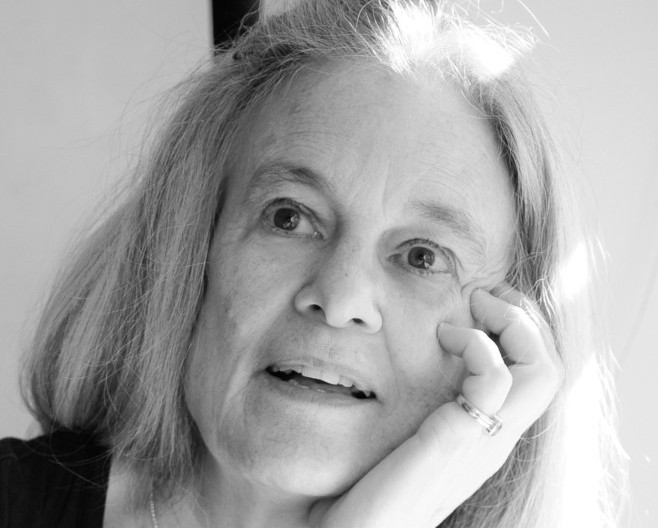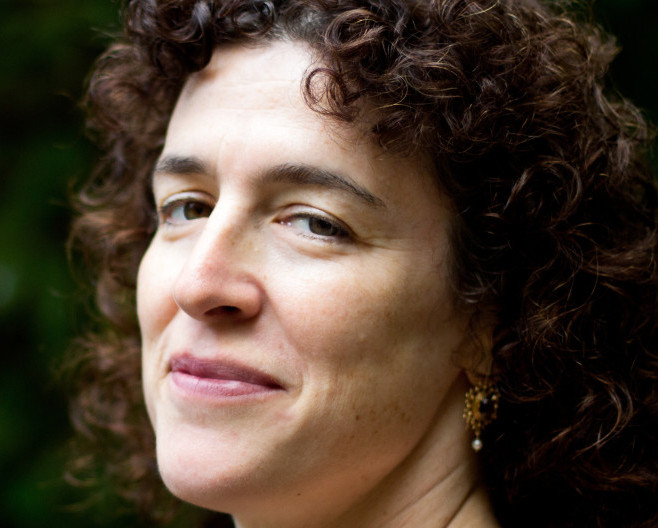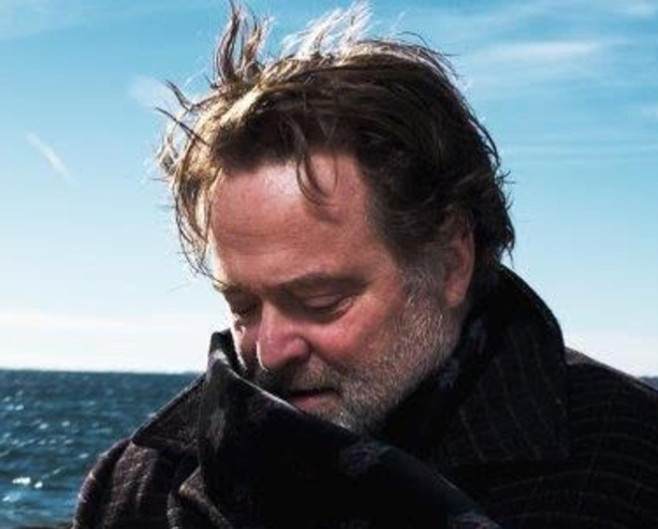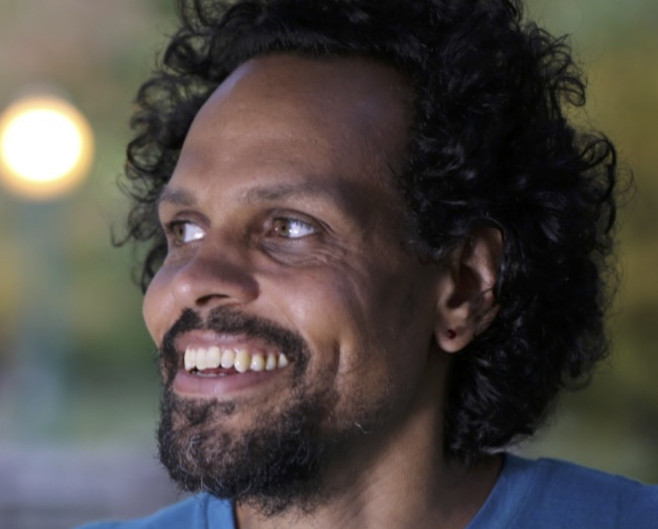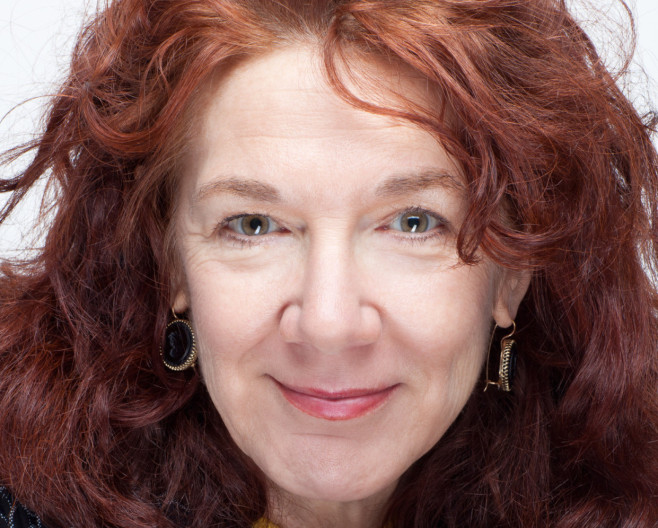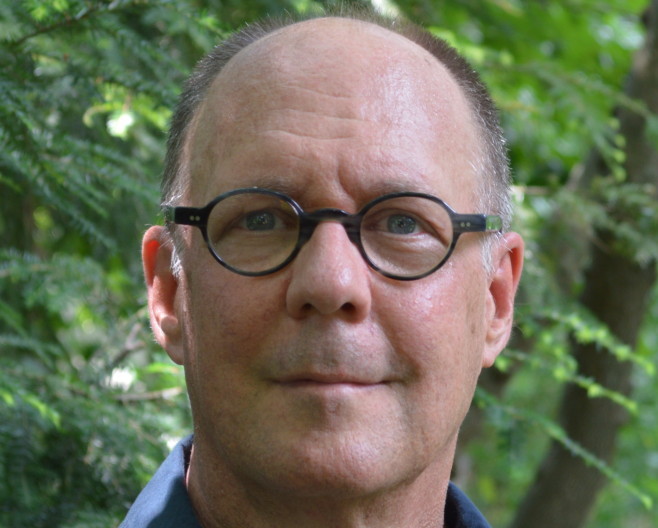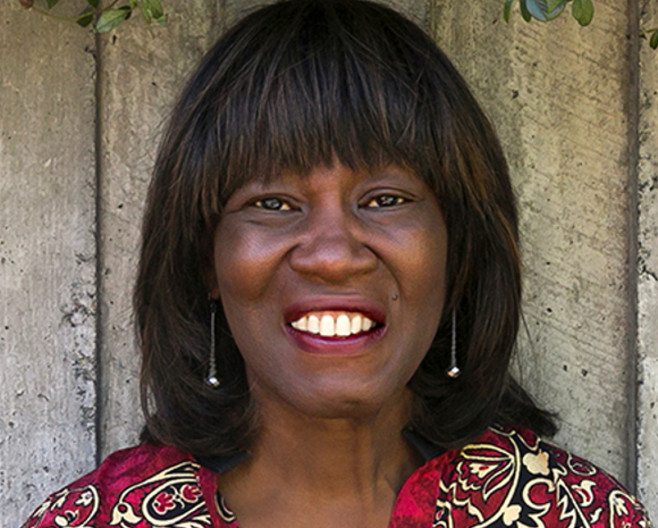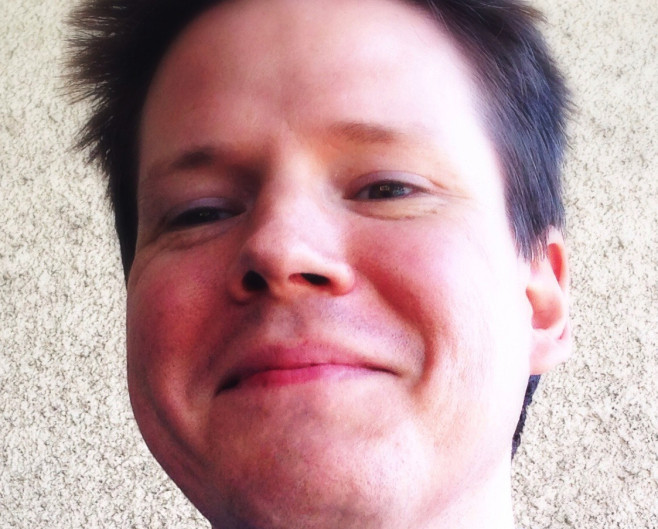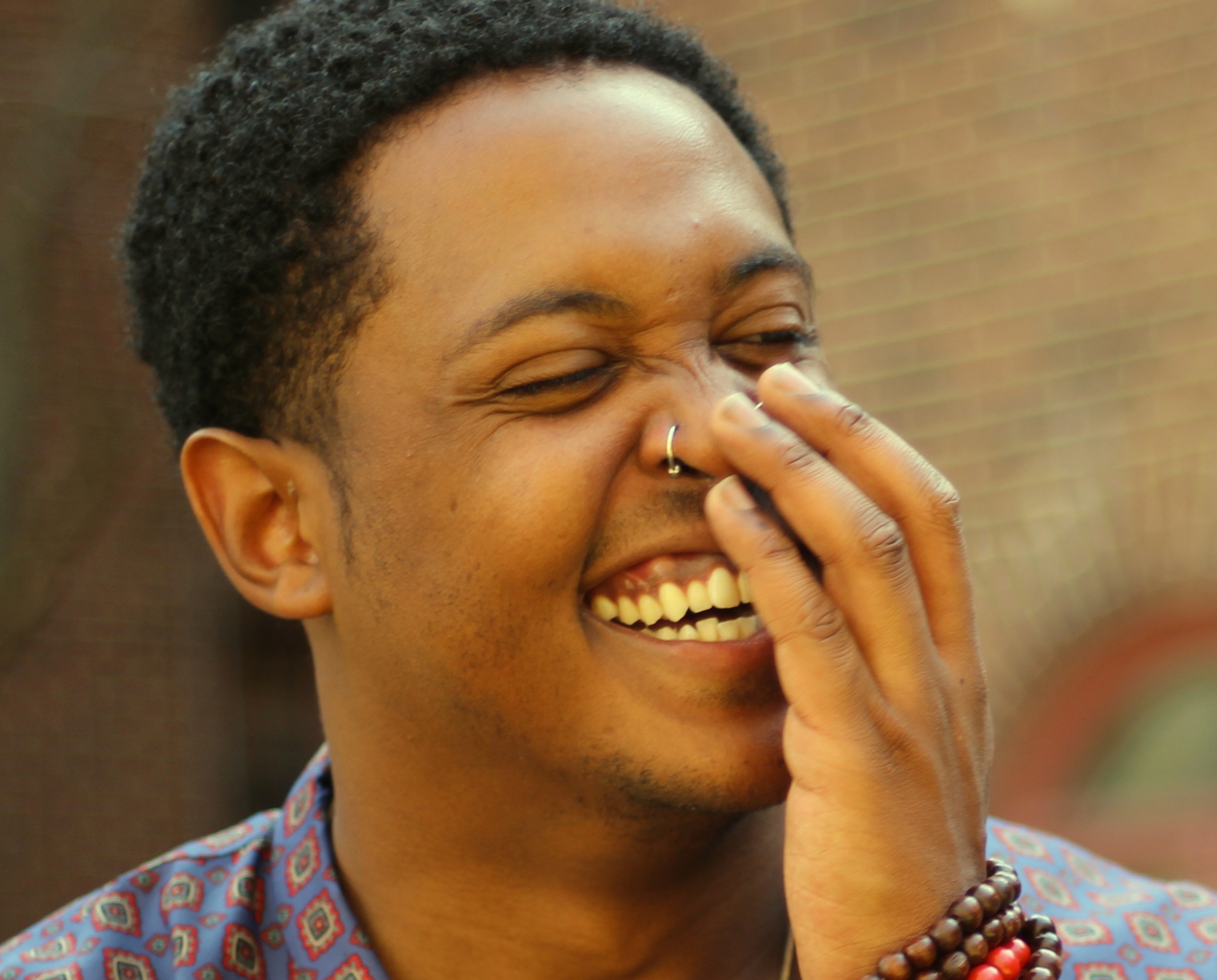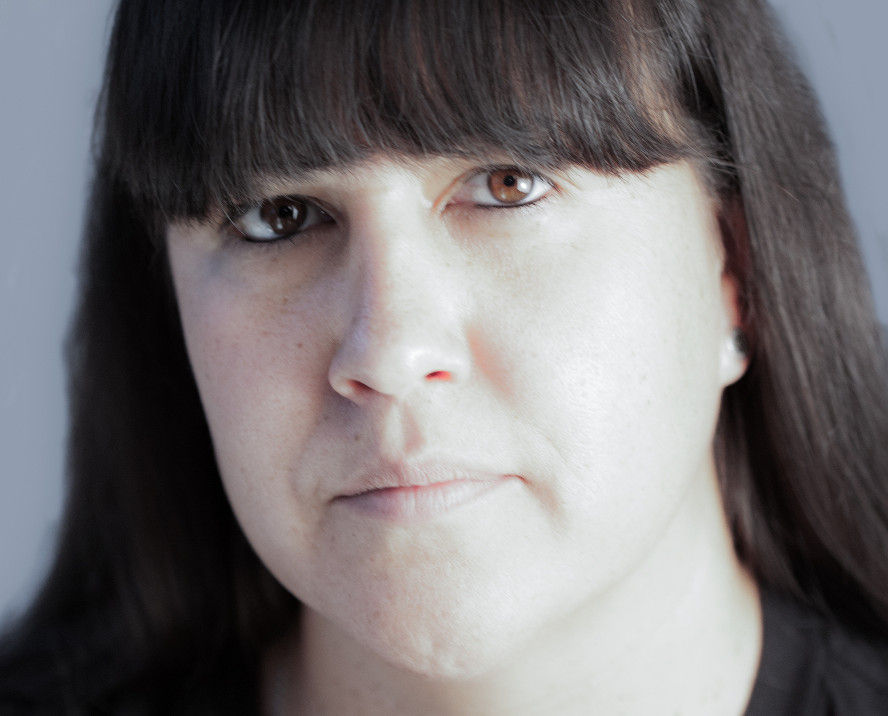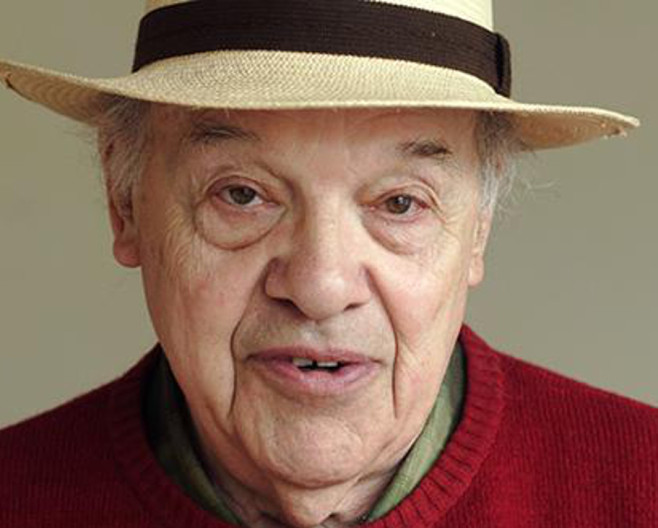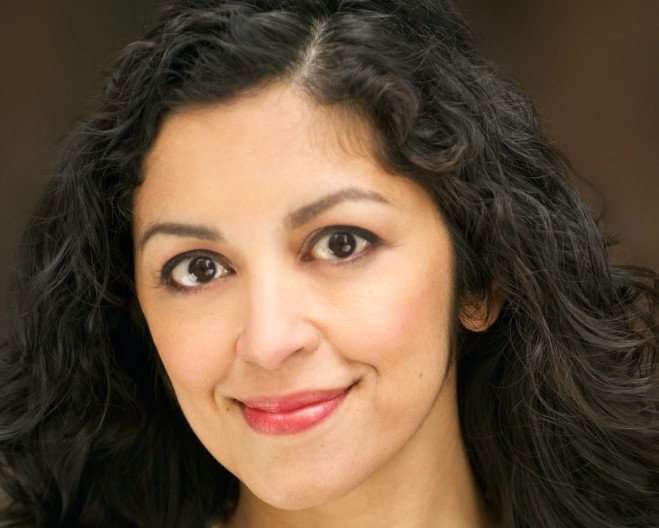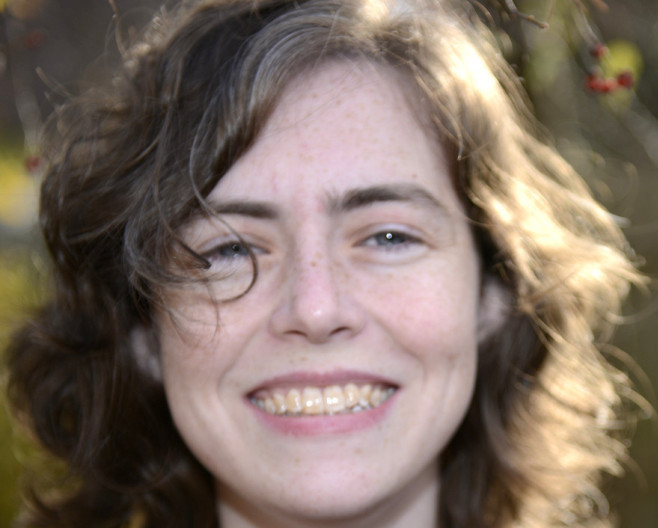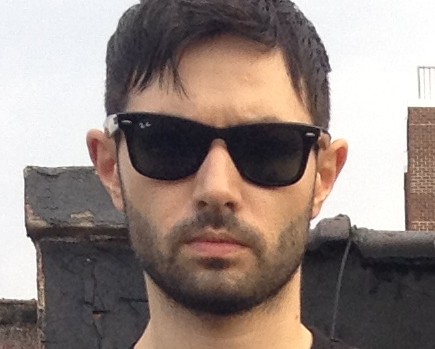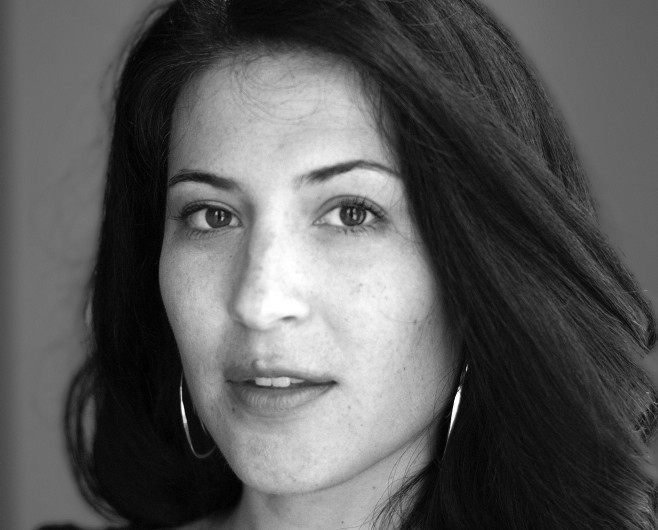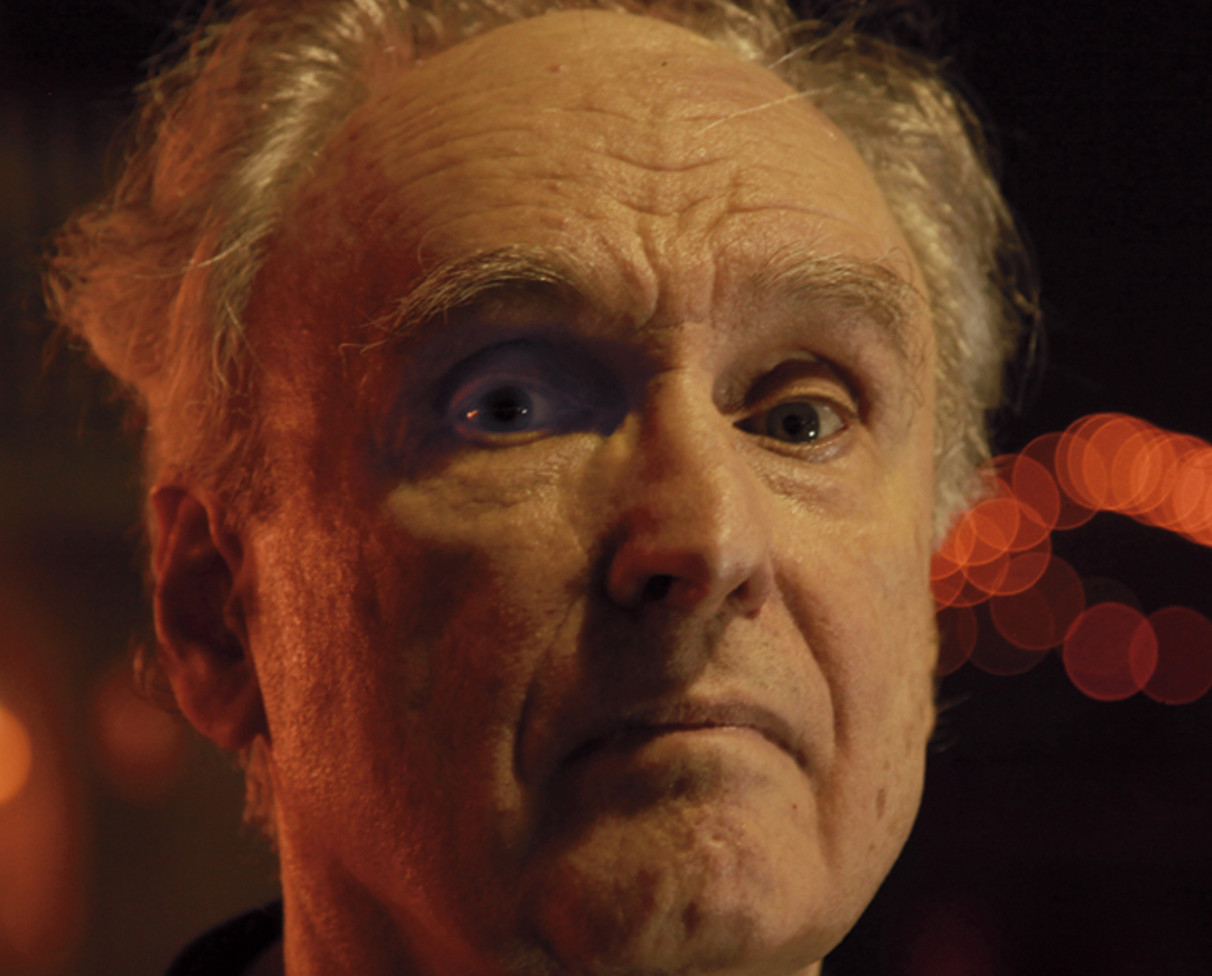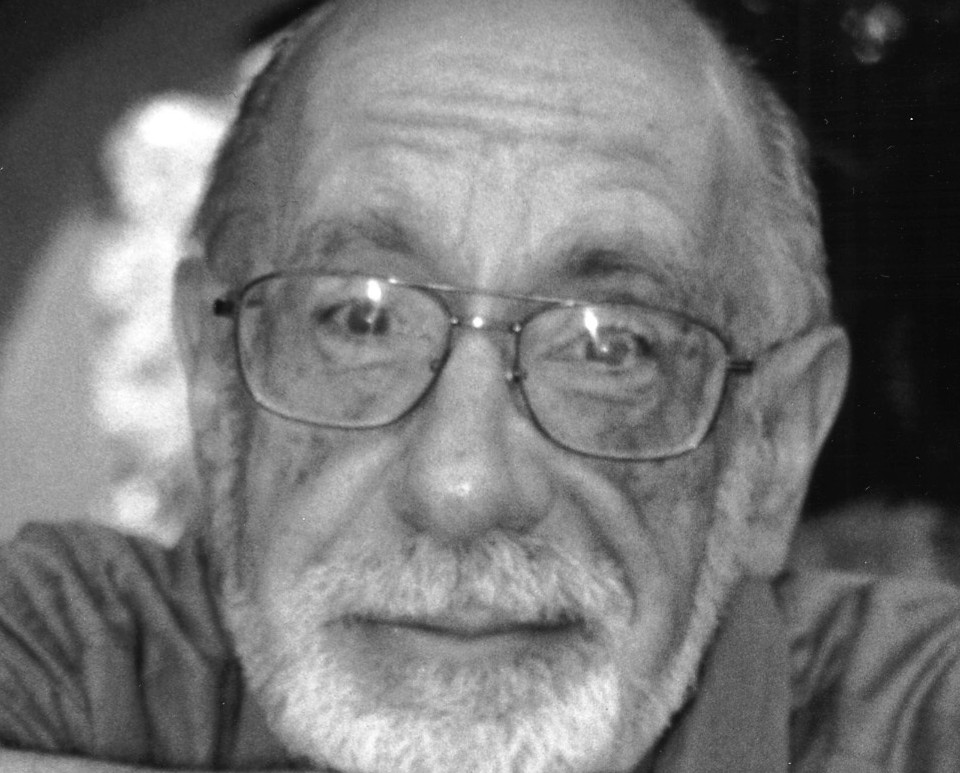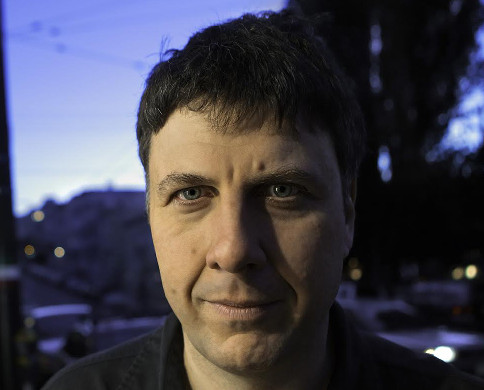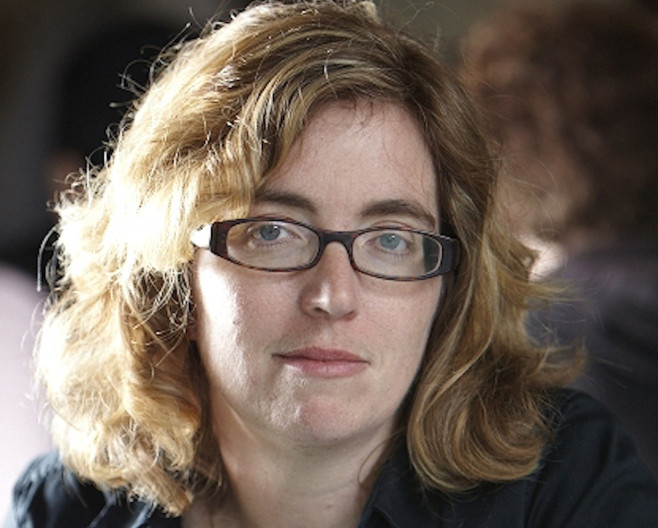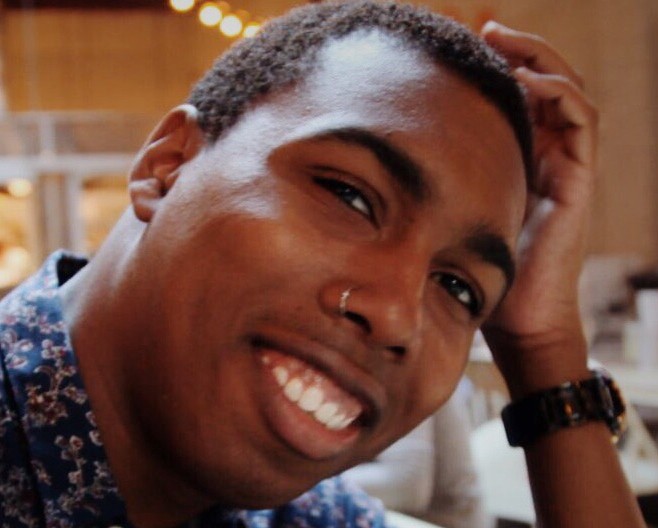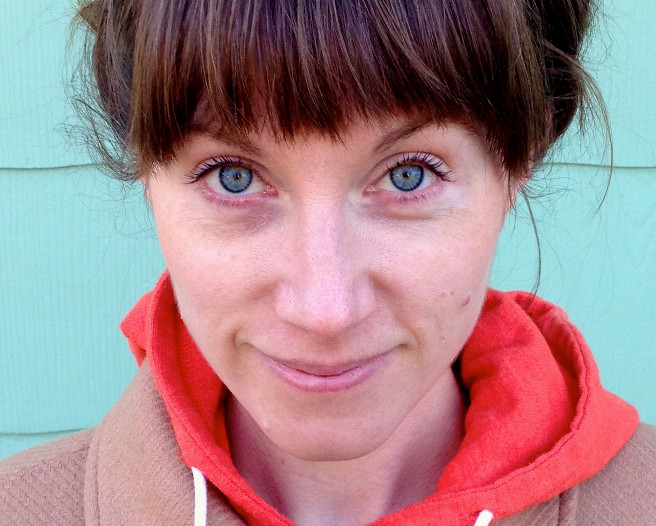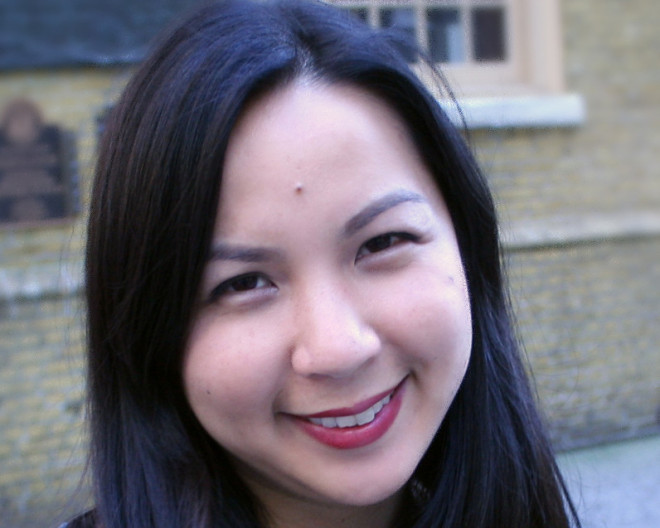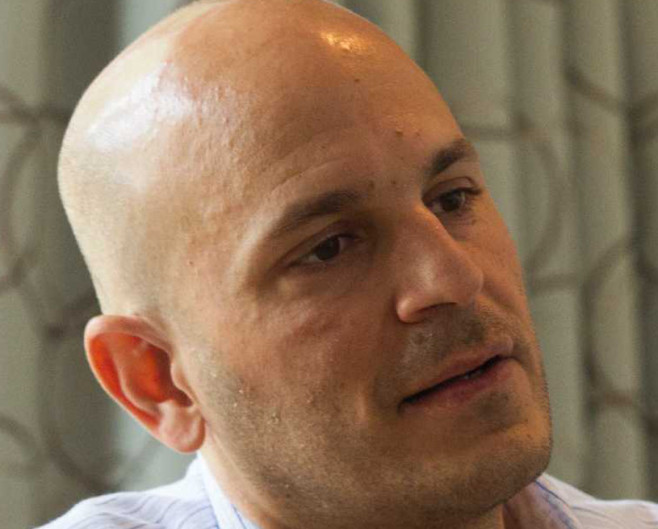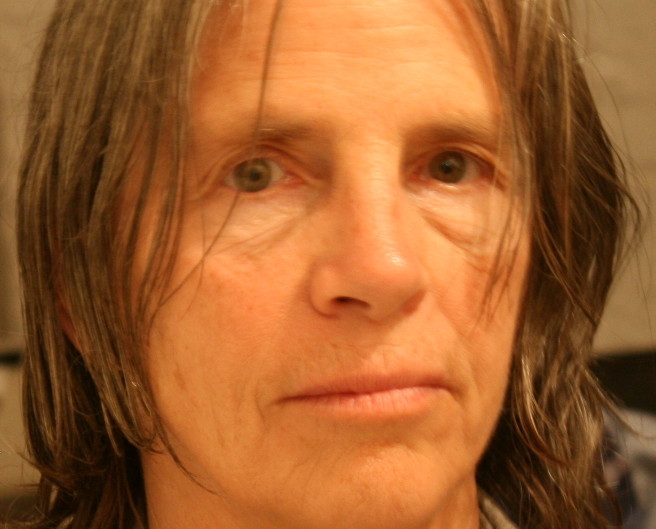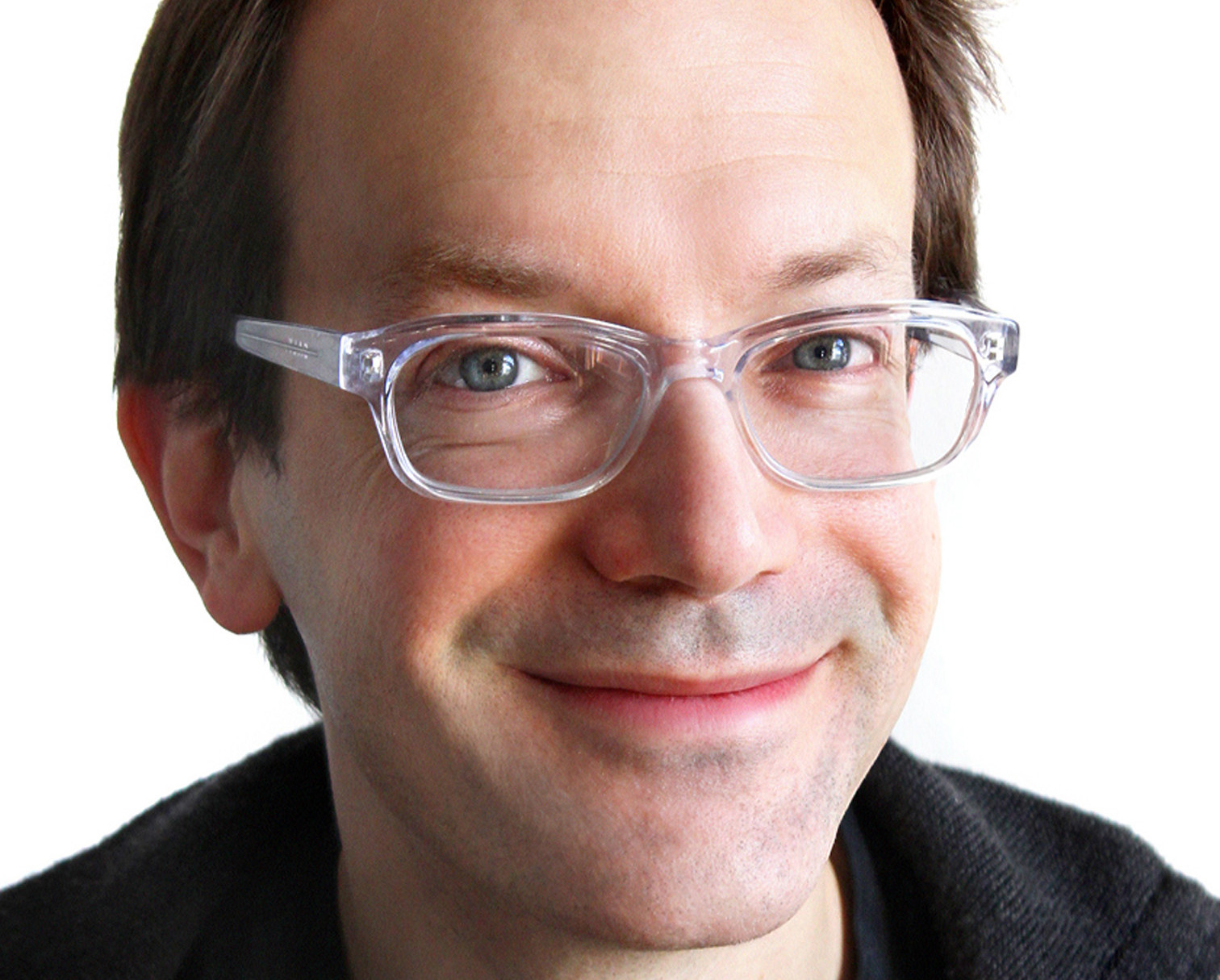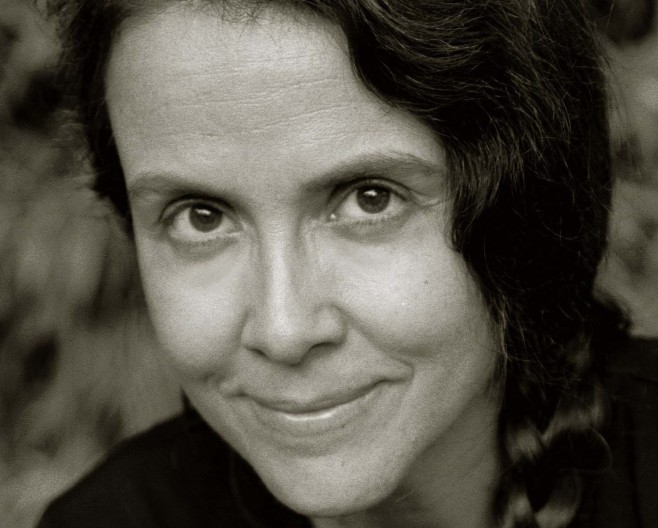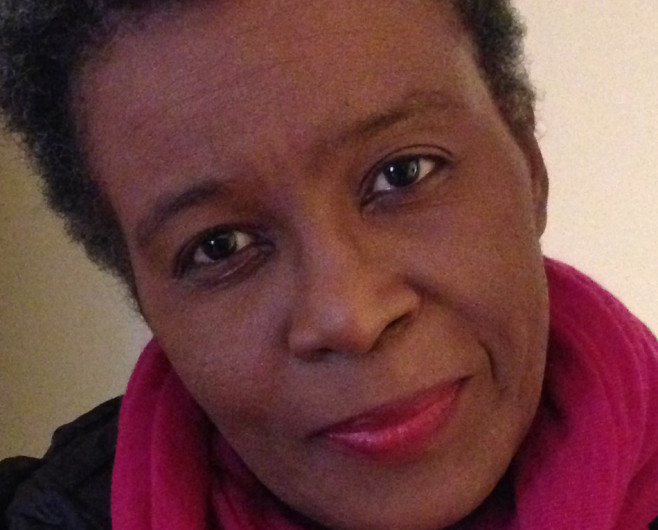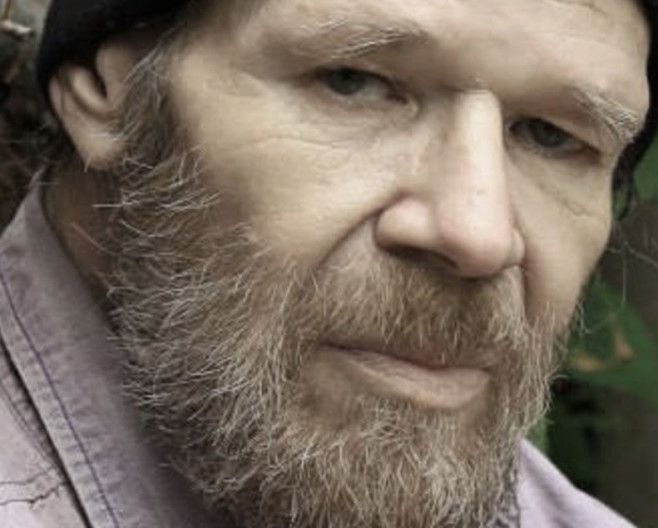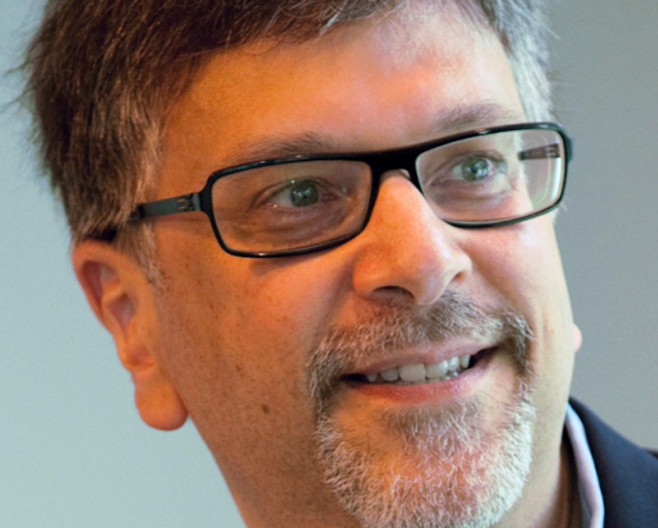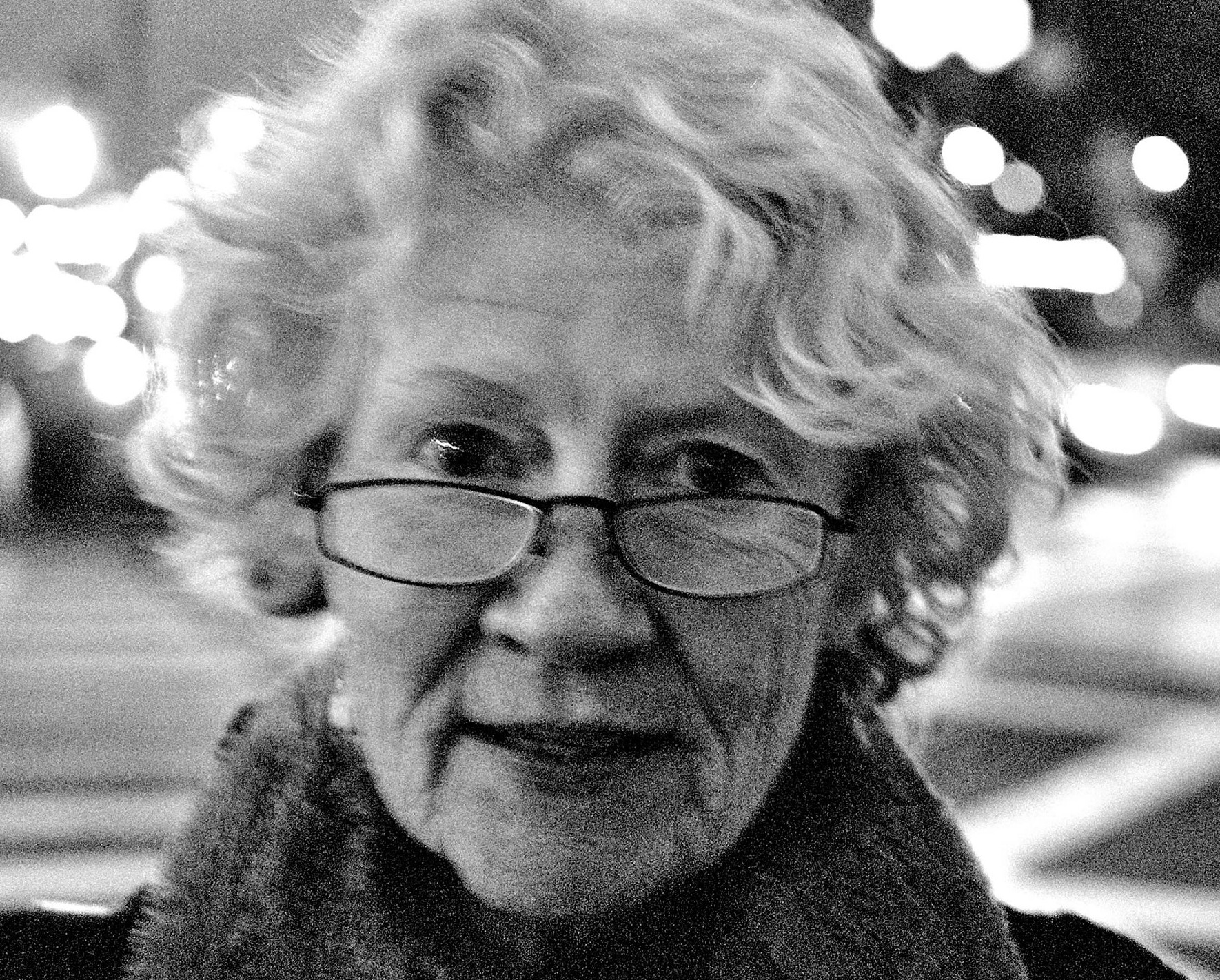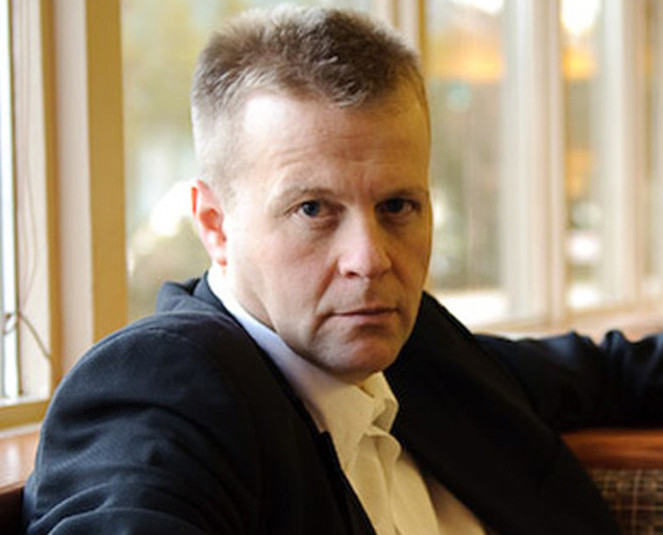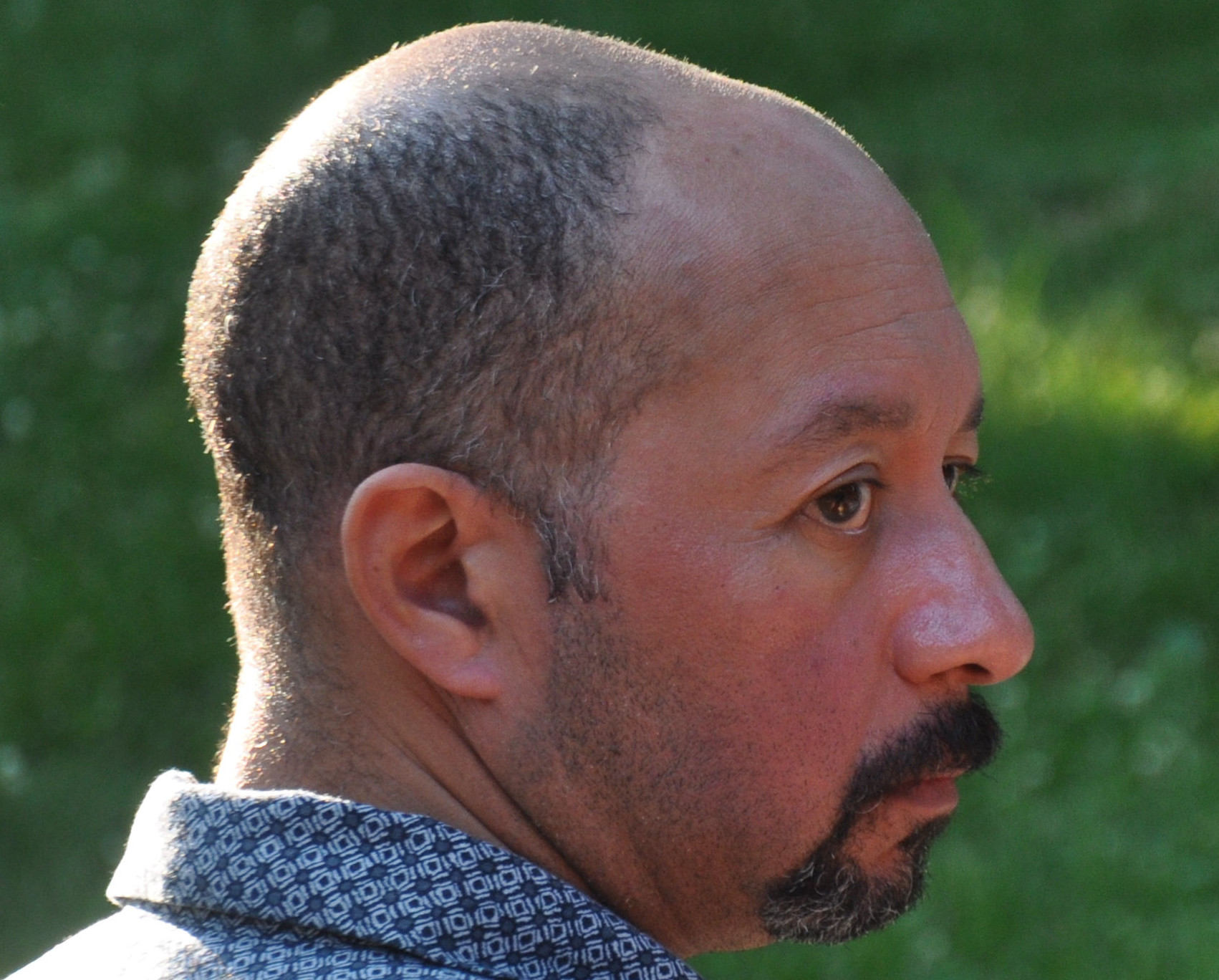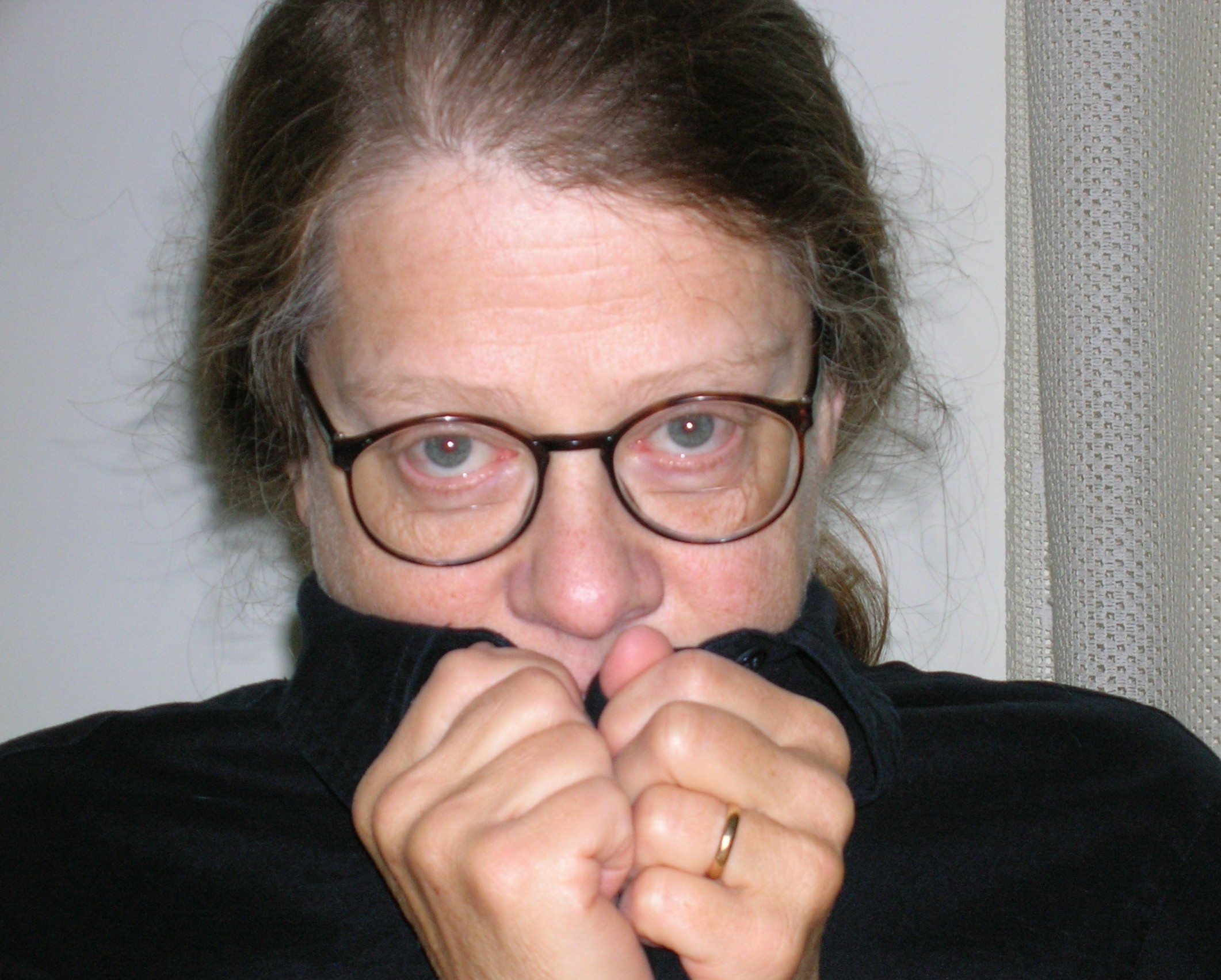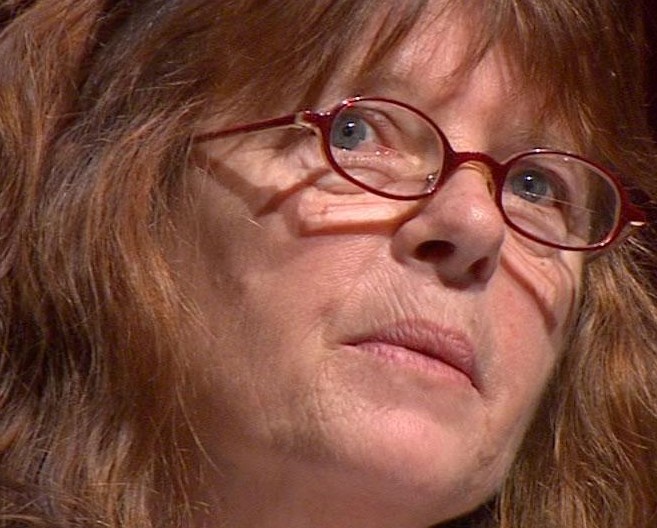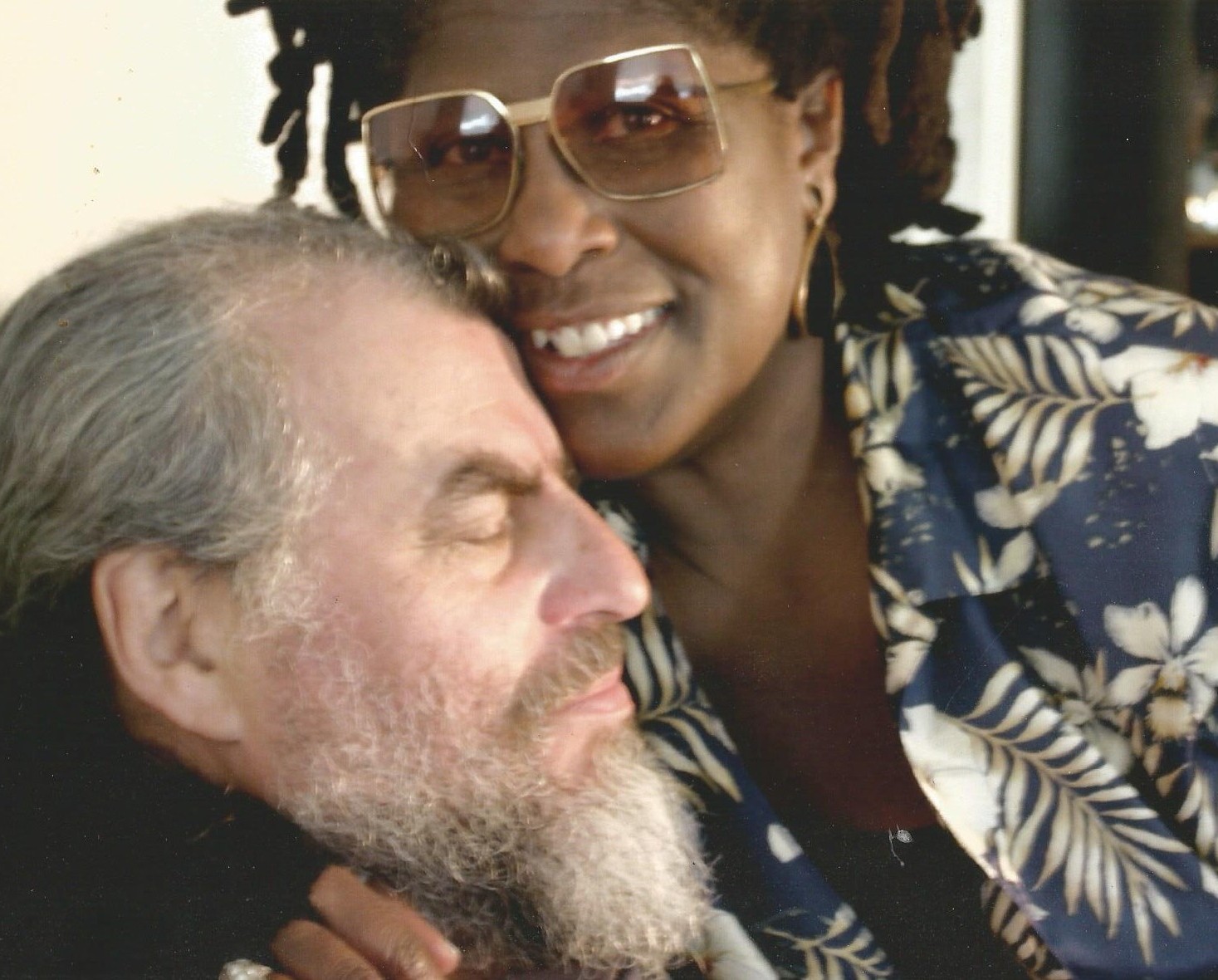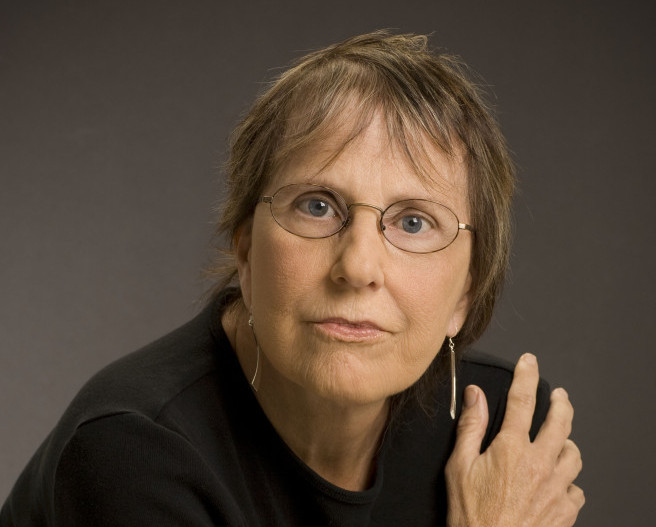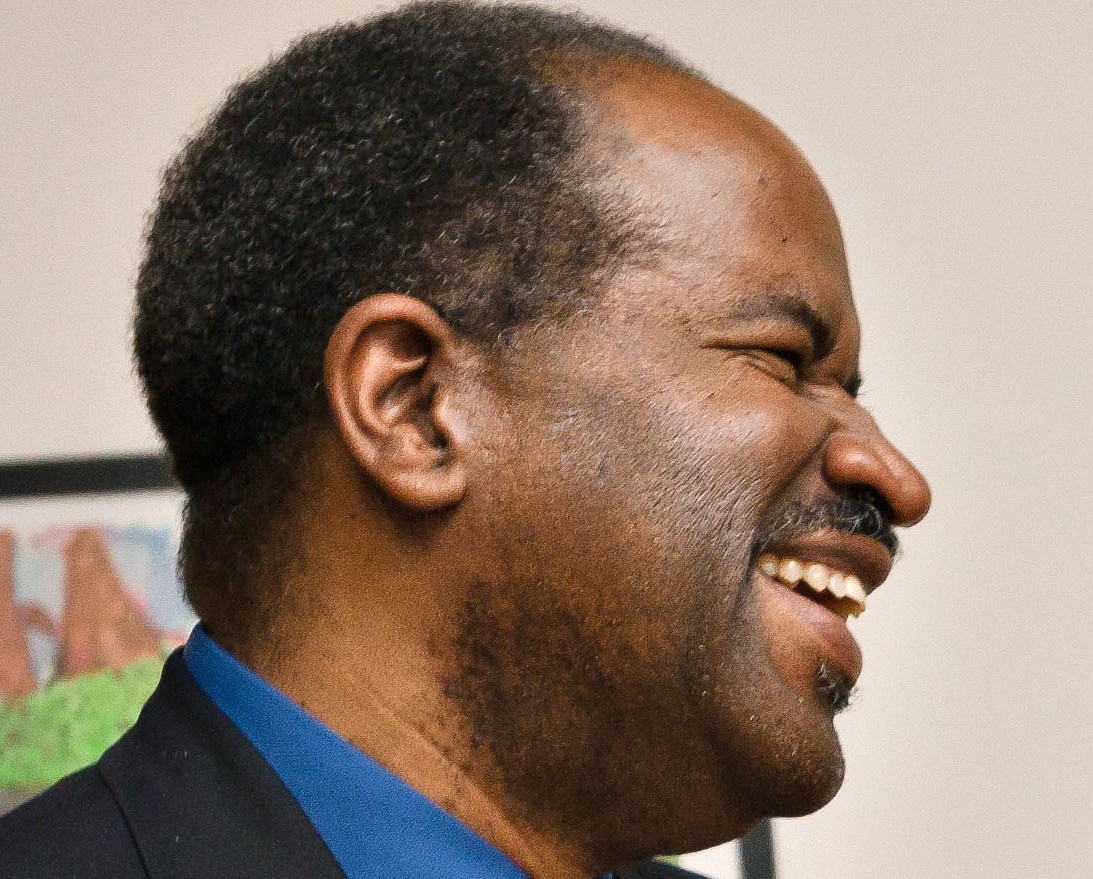“I’m not investigating race as much as I’m investigating intimacy.”
CLAUDIA RANKINE
Interviewed By: Kaveh Akbar
This interview was conducted November 25th, the morning after the Darren Wilson verdict was announced in Ferguson, Missouri. Rankine's new collection, Citizen, deals largely with issues of race and justice in America.
Were you watching the news last night?
I was. I watched what was predictable happen. It’s a shame nobody is talking about why the prosecutors refused to prosecute. Instead, they’re talking about a dead man who supposedly charged his killer.
Have you followed much of the chatter online in the wake of the ruling?
I haven’t, not really. What have you been hearing?
There’s been a lot said on both sides. Of course, my social media feeds are largely populated with members of the poetry community, but I saw lots and lots of people turning to Citizen, turning to your words to make sense of a really incomprehensible situation.
Well, in a way it’s very sad that what gets documented in Citizen continues to play out, that that’s part of the life of Citizen and the life of black people. There’s a way in which the book and the lives that we lead are working in tandem. I don’t think I wrote beyond our present existence. The book sets into the daily-ness of our lives. That it seems relevant makes sense, at a certain level, because there was nothing imagined in that book, let’s put it that way (laughing).
Maybe one of the effects of the book is that it’s increased people’s awareness of that fact, of that daily-ness. There was a sense, undercutting all the commentary, that the white people watching the events unfold, no matter how sincere their frustrations, were still in a position of privilege. Their anger was not equal to the fear of a black parent watching the same events.
Mmhmm, exactly.
It's this idea that outrage and fear are situated on two very different planes of privilege. I think that awareness is one of the very real and positive effects of Citizen and works like Citizen. Was that a conscious project of the book?
I didn’t have a directive in the sense of raising consciousness. That wasn’t my intent in the writing. It was more that, if you look at the situation closely enough and represent it in the most honest and available way, if you make yourself available to it in its full complexity, it will also bring forward that discrepancy—the discrepancy between outrage laced with vulnerability and outrage housed inside privilege, you know? So, I think, if the work is successful for me, it will hold all of that. It will hold the complexity of all of us standing around the moment, or inside the situation, so that the event can never be reduced wholly. I think in that way, yes, that if people then say yes, I understand that I hold this outrage, but I’m not the body that’s vulnerable to the injustice, if they are able to walk away understanding that, I think that’s just because the rendering of the moment holds all those nuances.
Wow. That’s a great way to say it, “I’m not the vulnerable body.” It’s relates to something you talk about, when you go to see the Kara Walker sphinx and there are people goofing around, laughing, taking pictures of themselves and their friends in front of it, it almost makes the consumption of the piece part of the piece itself.
It’s interesting to me, too, because there were also non-whites who goofed around and took pictures, but there’s a way in which, when whites do it, the disregard is somehow violent. I always find that interesting to see, as a spectator. Somebody who is non-white comes up and wants their picture in front of the sphinx, that’s okay, and then a white person comes up, and they’re putting their finger up so it looks like they’re touching the nipple, and then suddenly the full force of the historical resonance comes flooding in. I find that very interesting as a viewer.
Right, when the white person is doing it, they’re situating themselves on the side of that “furious erasure” from Citizen. When a non-white person does it, it’s more winking, a kind of a departure.
Exactly. It tends to have a kind of irony in it that is not available to the white gallerygoer when the work engages the very violence that whiteness has brought about.
Do people have a responsibility to the spirit of Citizen, to the spirit of the work, when they’re using your words to stand-in for their own?
I don’t think they have any responsibility to the work, in the sense that one expects it to be taken out of context and used however it’s used. I imagine the ways in which it’s being used are consistent with the spirit with which it was generated. I feel like I’m always turning to Baldwin, I’m always turning to Fanon, I’m always turning to Toni Morrison, Audre Lorde, Zora Neale Hurston, you know? I’m always using their language to fill in spaces that I feel hold an incoherency for me. So, I can only be honored by that gesture.
I sense the book being very much in conversation with everyone you just mentioned, especially Fanon, his notion that to speak a language is to take on its culture. And there’s the quote by Zora Neale Hurston that recurs throughout Citizen, “I feel most colored when I am thrown against a sharp white background.” Can you talk about how that quote became such an integral part of the book?
Well, partly because race is a fiction and something that is constructed, I found the quote especially useful on the Glenn Ligon canvas. This is what we’re talking about—Michael Brown, his body... the way in which it stayed in the street for four-and-a-half hours? That happened because it was a black body up against a white power structure, right?
Right.
Anywhere else, a slain body would have been tended to, would have been brought to a hospital, would have been taken away within minutes, because we, in this culture, don’t look at death in that way. But thrown up against this white police state, the supremacist state of Ferguson, it was allowed to bleed out on the street. Suddenly, it ceased to be the body of Michael Brown, and became a black body up against a white background.
Your work is so much a study of images, these concrete, troubling images. The pictures that emerged of the officers idly standing around this body in the street… I’m getting goosebumps right now just talking about them. Seeing those images very much drove that point home, the ugliness of it.
Right? I mean, what did Wilson say? He called him a “demon.” He spoke like he was a child scared of a monster! What kind of policeman can police when his own imagination is taking him to these places? I feel like we’re in Heart of Darkness.
Yeah. And then there were the bizarre details, how Wilson said he didn’t need to go to the hospital afterwards, then consulted with his attorney and decided he did need to go. And those images of him afterwards, the injuries he’d allegedly gotten from Brown that just looked like rosacea.
Exactly. Chris Rock had a joke that Wilson’s injuries looked like the kind what happened to him when he turned over too quickly on his pillow (laughing).
It’s exactly what you talk about, a white imagination destroying a black body.
White men can’t police their imagination, and the consequence of that is that black men are dying, and black women, and people of color all over this country.
The question you’ve asked your whole career, “why are we here if not for each other,” gets to the heart of what’s been generative about the situation. There’s a sense of all being in this together, this not being a problem that only affects black people, but one that affects—
One that affects Americans.
Right. It’s an American issue and it’s a human issue. Why are we here, if not for each other?
That line was from Don’t Let Me Be Lonely, and I think the way in which Don’t Let Me Be Lonely tried to say, “look, we are here together, so we might as well turn to face each other,” I think the way it changed in Citizen was that the structure of Citizen activated the space of our togetherness. The use of the second-person implied a first-person. It implied two people in conversation with each other. Any reading of it meant that readers had to figure out themselves relative to the second person. For me, that was the progression from Lonely to Citizen. Suddenly, instead of being in the position of a meditative observation, Citizen became the activated space between one body and another body. At a certain level, I’m not actually investigating race as much as I’m investigating intimacy and relations between bodies.
That’s an interesting distinction to make. The instances of the microaggressions populating the work are very intimate. The book ends with the speaker driving into a parking lot where a white woman, avoiding eye contact, turns to park at the opposite side of the lot. These are very intimate moments, really.
Yeah, they’re moments when you’re looking into somebody’s eyes.
Or trying not to.
Right, but you’re right next to them.
Another moment that strikes me each reading is the part where you write, “You are in the dark, in the car, watching the black-tarred street being swallowed by speed; he tells you his dean is making him hire a person of color when there are so many great writers out there.” There are these instances that remind that even in the ostensibly enlightened halls of academia, in the middle class, this exists, these aggressions.
That’s one of the fallacies that are out there, that we’re above it, that these kinds of things belong to a supremacist world and not the world that the ordinary citizen lives in, that the ordinary educated middle-class person would never do these things, would never say these things. Not many people in writing about Citizen note that the book really lives in that space, in a kind of liberal American space. I’m sure the prosecutor in Wilson’s case felt he was a liberal-minded person and his own liberal subjectivity was going to allow him to then move forward in a fair way.
It’s not preaching to the choir, because it’s largely the middle-class, liberal, educated community that’s being called to task.
Right. These are friends, you know? Some of the stories are encounters in the world, but many of them are among friends. That’s the thing, there is no preaching to the choir, there is no external dynamic that does not involve us all. Our history is the impact that we’re negotiating.
It’s like the National Book Awards, something so seemingly positive and forward-thinking, being marred by Handler’s comments about Jacqueline Woodson.
Exactly. And they’re friends! They’re colleagues. You know, I think that’s the thing. Their encounter was impacted by this racialization that determines every step we take in this country when a black body is in the room. I mean, does he have Tourette’s? I don’t know. There’s a way in which, as an audience member, I felt like he couldn’t help himself. This is somebody he claims to admire. This is somebody he claims to have a friendship with. And yet. And yet. What happened to the simple statement of, “Some of you might not know how much I admire Jackie Woodson,” period? You know? (Laughing) Why couldn’t the sentence have gone that way?
Right! I like Handler’s work a lot. It was just so baffling to hear. It seemed like a situation where he had conceived the comment in advance and was so in love with it, he couldn’t make himself not say it.
Yes, exactly.
While we’re there, based on reactions I saw in advance of the awards and after, I don’t think anyone would dispute the claim that Citizen was sort of the “People’s Choice” to win the award. It’s certainly been the most talked about poetry book of the year. I’m sure you’ve become aware of that, to an extent. Does that populist vote of confidence affect the way you write, moving forward?
Well, I think it’s an honor. I’m full of gratitude for the response that Citizen has received since its publication. And you know, it’s not that I didn’t want to win, but I wasn’t waiting to be chosen. I don’t write with the freedom that I write with if I’m sitting around thinking about and hoping for awards. The work that I do, I do because I am compelled to do it, because it feels relevant to me, because I am moved profoundly by a sense of injustice in the day-to-day workings of the justice system in the United States. That said, I can’t make myself spend years on a subject that I’m not emotionally engaged in. I’m just doing the work that I’m doing from the place that I stand.
That comes across, in reading the work. It doesn’t feel like a frivolous or fleeting gesture. In fact, that’s one of the things I find most remarkable about Citizen—I’ve gone through it a number of times now, and every time I do, I feel compelled to read it cover to cover. With a lot of poetry books, I’ll read in bursts, I’ll skip around, I’ll put it down for a few days and come back to it, but Citizen, for whatever reason, has this thrust that has tended to carry me all the way through. It seems especially remarkable in the case of Citizen because there aren’t really any moments of humor or levity to undercut the seriousness of its content. It’s an intense book. Can you speak to what goes into generating that momentum?
I think in putting together the book, there was a real sense of putting together something that would have the force of movement in the sense of a piece of music, you know? Structurally, I was really interested in how to create something that didn’t offer false repair, didn’t go into the places of presenting conclusions that don’t really exist. The use of the images was a way to create breaths without relieving the subject. The text went and it looked and it looked and it investigated and it had this kind of awareness in terms of moving in and out of the event, but then I wanted and needed places of breath. And so, by using the visual art of these incredible artists, who were working in the same arena, but differently, it allowed for a way for the text to relieve itself for a minute. But, it never exited.
So, the images would throw you back into the subject, just differently. The way it is, as far as I experience it, is unrelenting. It’s an onslaught. Since Michael Brown was murdered, no matter what I was doing, I was waiting for the indictment that wasn’t coming. My body, and I’m going to go out on a limb and say that probably the bodies of many people, held that space. There was no relief along the way. Even as you were waiting for this thing you hoped would happen, you knew it wasn’t coming. And so the weeks and the months and the days and the hours and the seconds held that. It would be false to present something that didn’t always throw back in the levels and the layers of injustice that circle us constantly.
I hadn’t thought about the images as a way of keeping the reader in the subject but giving the voice a breath. That’s very interesting. What went into the process of curating the images?
Well, it wasn’t even so much a process of picking. Over the years, as someone who is a lover of art and has attended many galleries and museums, I have had those images that stayed with me. I’ve had those moments in the documentary photographs that I’ve seen and could never forget. So, when I started working on the book, the moment that kind of slotted into the investigative memory or the writing, it would just present itself. Occasionally there would be an image that we couldn’t get the rights to, so I would have to get another. But, it wasn’t really a sense of going and looking. These are major major visual artists—Carrie Mae Weems, Glenn Ligon, Kate Clark, my husband (the documentary photographer John Lucas)—these are people whose work are in my mental database constantly. So, it was almost like bringing the other half of the conversation in.
You did the Situation videos with your husband and he was involved in Citizen. What does your working relationship with him look like?
Well, my husband just finished his film, “The Cooler Bandits,” which is about four teenagers who committed a crime at eighteen, nineteen, and then were sent to jail for twenty years. So, he’s been working on that for the last four years, and we have had this overlap in subject matter. It’s a very organic collaboration in the sense that, you know, he will be working on the film and I will be looking over his shoulder at images, hunting around. And then I will be in my study working on the book and choosing the images and putting that together and he’ll come in, and I’ll say, “What do you think about this image?” And he’ll say, “You could consider taking that out,” and so it’s like that. It’s not as if we sit down to work. It’s more as if we’re doing our separate work but constantly moving back and forth within the space of the other person’s work.
And just sort of immersed in each other’s creative energy.
Right. And it’s nice to have somebody that you can bounce ideas off of who you trust. It’s not that I always take his advice, it’s that he will always ask generative questions of me. Hopefully, he feels the same in terms of my own impact on his work.
That relationship, creatively speaking, is what a lot of artists dream of. Can you talk about those Situation videos, how those came to be?
Well, every one was done differently, but often they come out of public situations. There’ll be an event, like the headbutting by Zidane, and everyone is talking about it and thinking about it, and then I’ll go off and write something, and I’ll say to John, “What do you think? How could we visually bring this forward?” And he’ll suggest, “Well, why don’t we take the Zidane video, and then take out the players on Zidane’s team, so that we can track his body as he moves towards the headbutt?” And so that would be something that I wouldn’t necessarily think was possible to do, because I don’t necessarily think about frame-to-frame images and getting in there, whereas that’s what he does. And then, you know, I often do the text on my own, but then when we’re working together, in terms of bringing the text to the image, the text will get edited into what is possible for the image. So, the collaboration starts in that way.
But, each one of them has come about very differently. The one in the airplane, I was sitting on the airplane and I looked over and saw two people sleeping, and they looked so beautiful. John was sitting next to me with his camera, and I said “Will you take their picture?” He took the picture and as we were looking at it, we thought, “I wonder who else we could get sleeping on the airplane?” And so, over a couple of years, every time we were on a plane, if there was a person who fell asleep, we’d take their image. And so each of the videos has different pacing in terms of how long they take. I think we’ll do something around Michael Brown, but I don’t know quite yet what. It’s still something I’m thinking about. Certainly, what is available in terms of the documentation in Ferguson will play when we get together to work on it.
You visited in Ferguson not very long after Michael Brown’s murder, right?
Yeah, I was invited by the Pulitzer Foundation to show videos in their gallery in St. Louis.
The Situation videos?
Yes, those. I got the invite about a year before Brown was killed, and then it just so happened the actual presentation was a week after he was murdered. So, while I was there I ended up going down to Ferguson. It was a kind of bizarre visit in the sense that I was there as a spectator. I was very aware of that. I had two encounters that were very moving to me. I’ve spoken about one of them before—while I was there a woman came up to me with her toddler and pulled his hands up into the surrender position and said, “Do you want to take his picture?” And I felt like, no, I don’t want to take his picture, because I don’t want him associated with the murder of yet another black teenager. That, to me, was very disturbing.
And then the other thing happened was when I was standing by the memorial. It had a picture of Michael Brown, and a teenager came up to me and said, “He looks just like me.” And again, I had that moment of feeling like, no, you shouldn’t associate with someone who has died. And yet, what was tragic about it was feeling like, yes, it could have been him, which is basically what he was saying. Having that knowledge, but still wanting to reject it.
One of really resonant moments after Trayvon Martin was killed was Obama saying, “If I had a son, he’d look like Trayvon.”
Right, exactly. It could be any of our sons. Any of our sons. Anyone who has a black son. These guys being gunned down all over our country are our sons. They are our brothers. They are our husbands. They’re family members.
Well, Citizen, as a book of poems, has been incredibly effective in terms of reminding its public of that notion. I don’t want to take up too much of your day—is there anything about the book that was important to you that you feel hasn’t really been talked about much?
Hmm. That’s a good question. You know, I don’t think so. It’s funny because in many ways I’m already thinking about the next project. It’s not that I’ve left Citizen behind, it’s still very much a part of my life. But right now, what I’m thinking about has more to do with how to step into this space of disappointment, yet again, with the system that’s there and not there. I’ve just been reading and taking in the language of “demons” (laughing), you know? What does it mean that Michael Brown looked like a demon? What is that? So, I guess I’m already inside how to reenter this space yet again, differently.
I think lots of people are very eager to read whatever might come from that.
Well, thank you. And thank you for your time.
Interview Posted: December 8, 2014
MORE FROM DIVEDAPPER. (Drag left)

